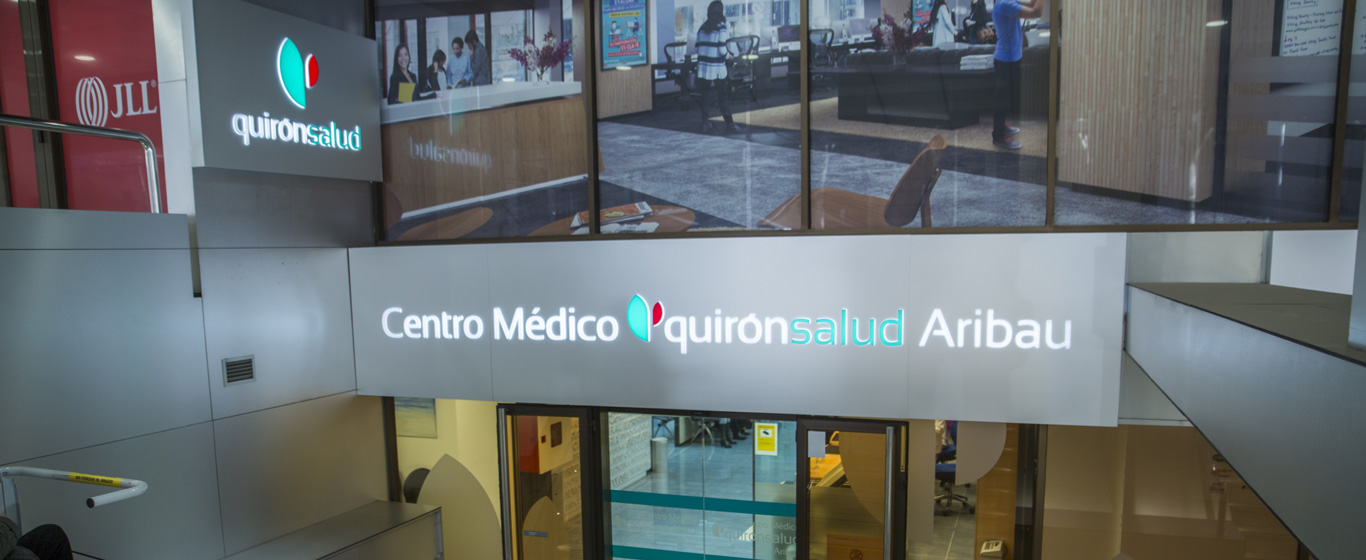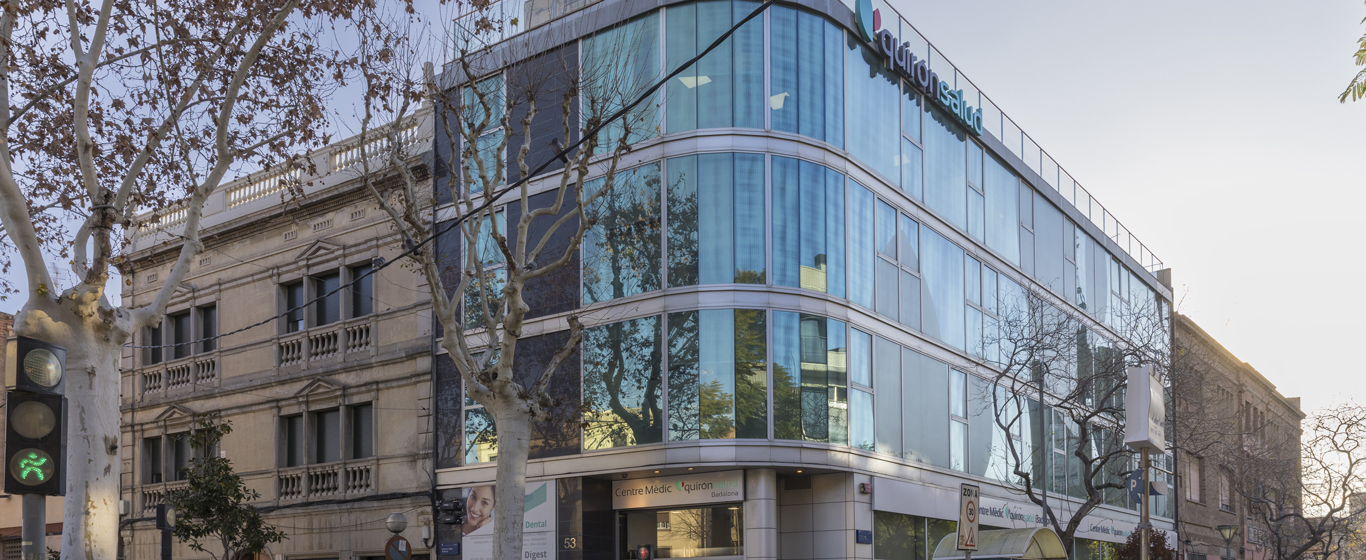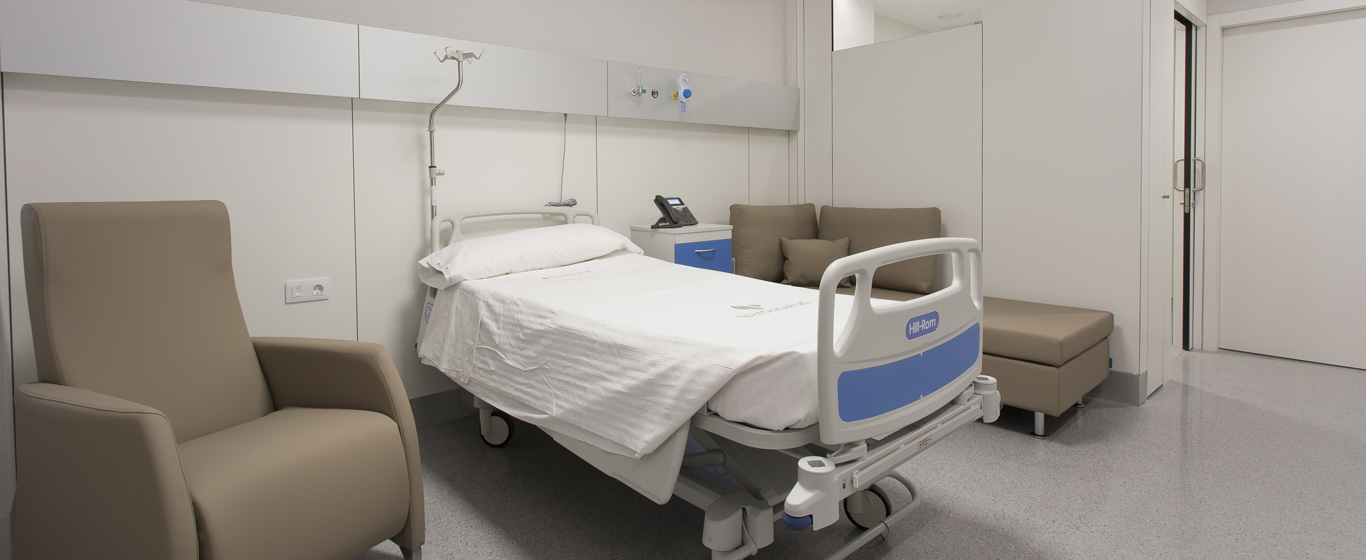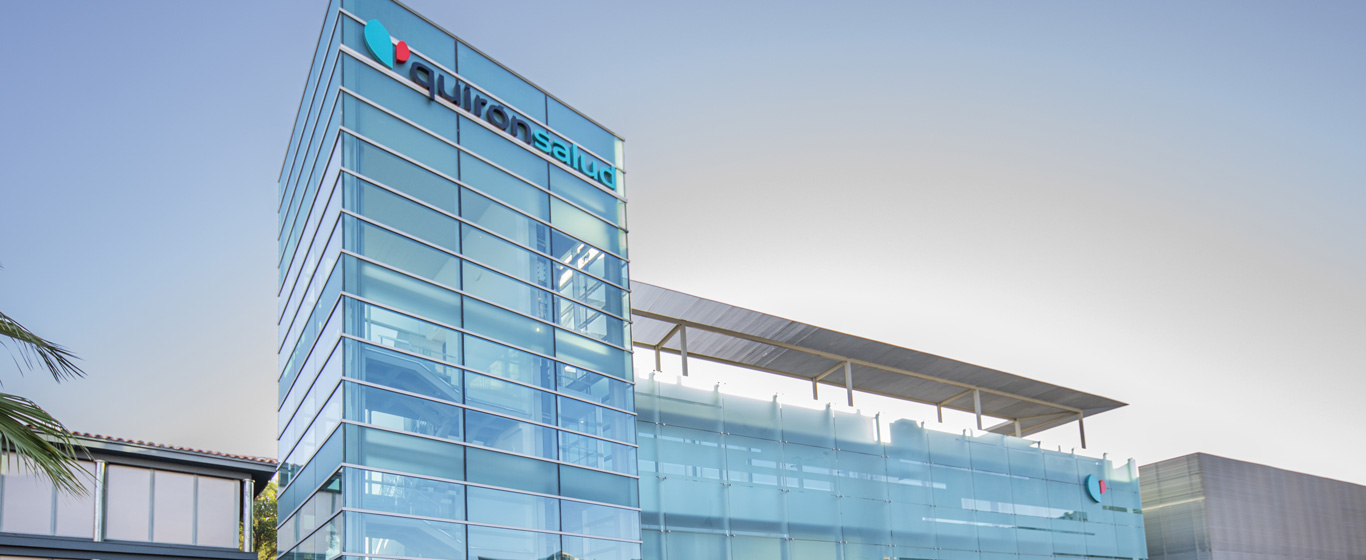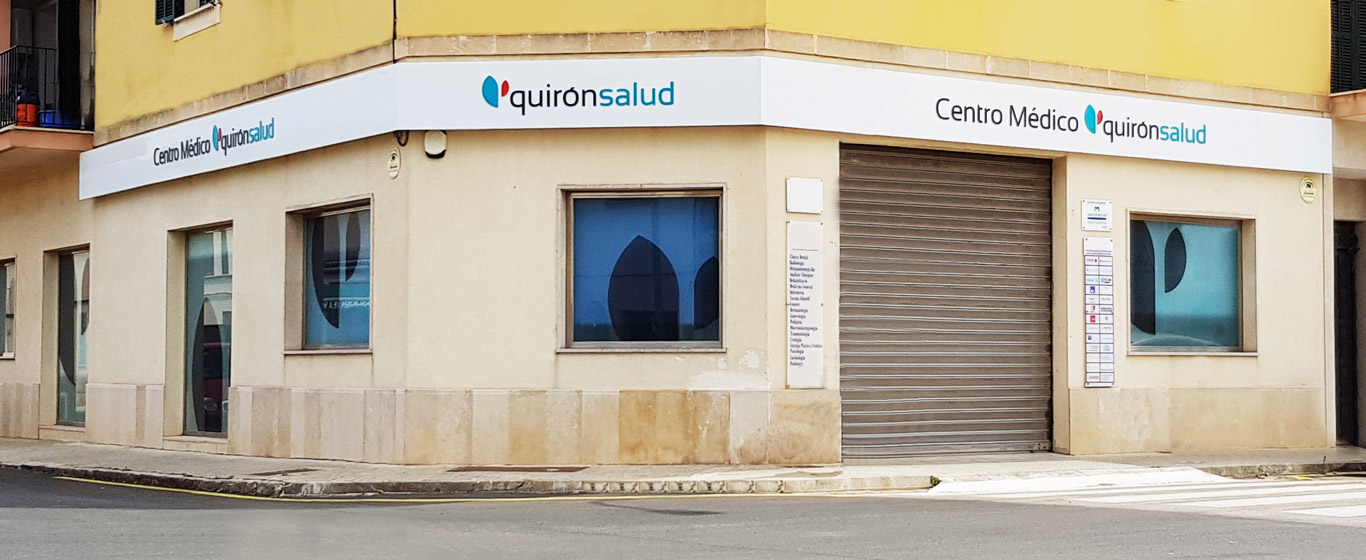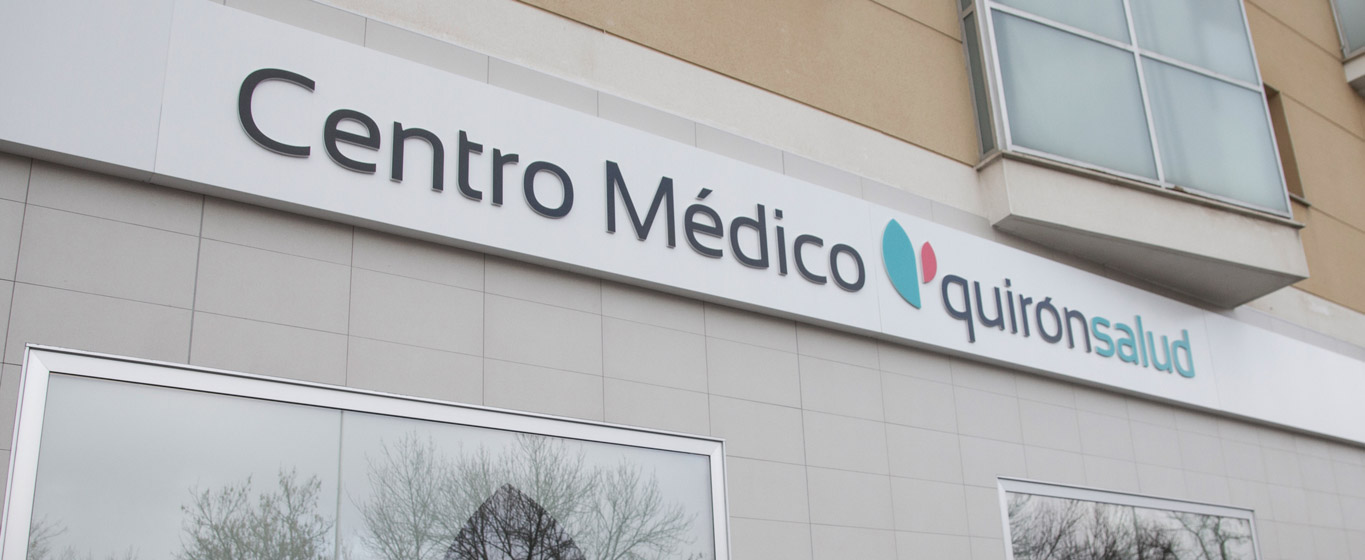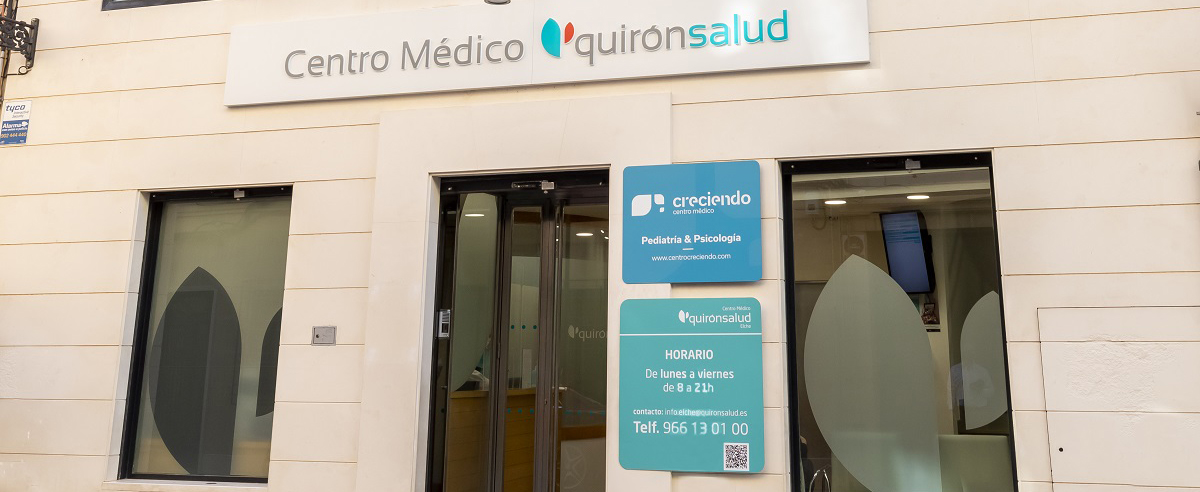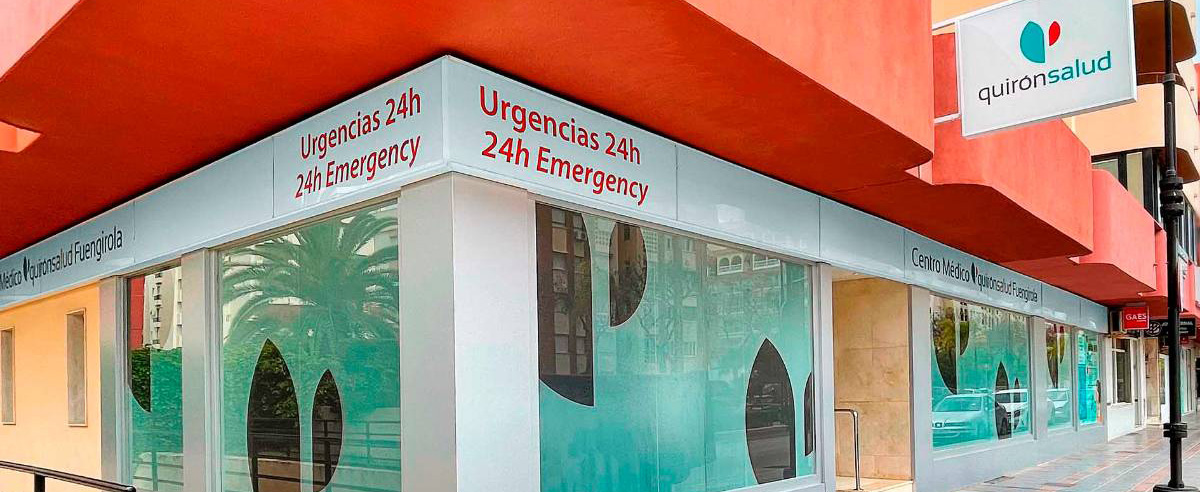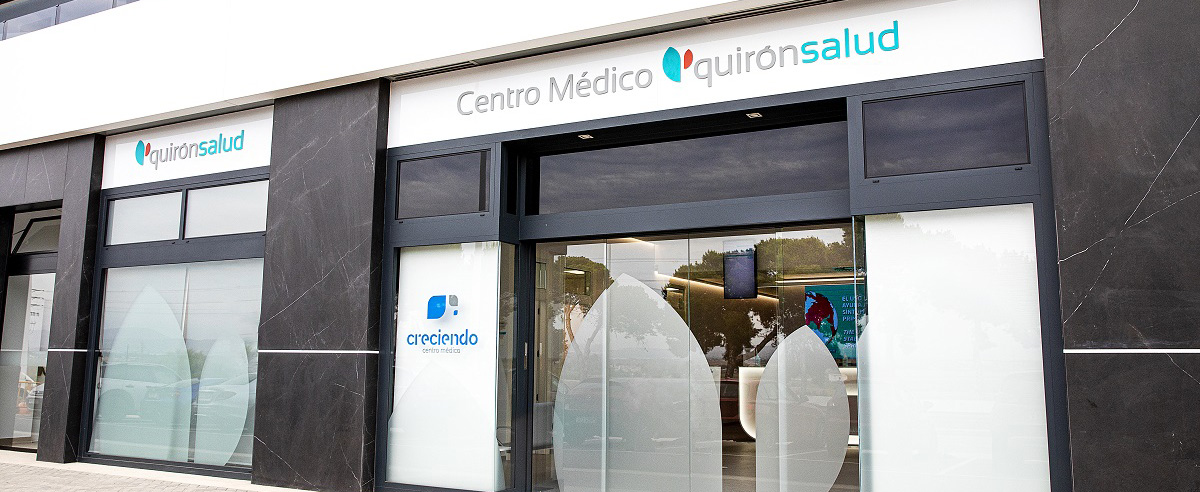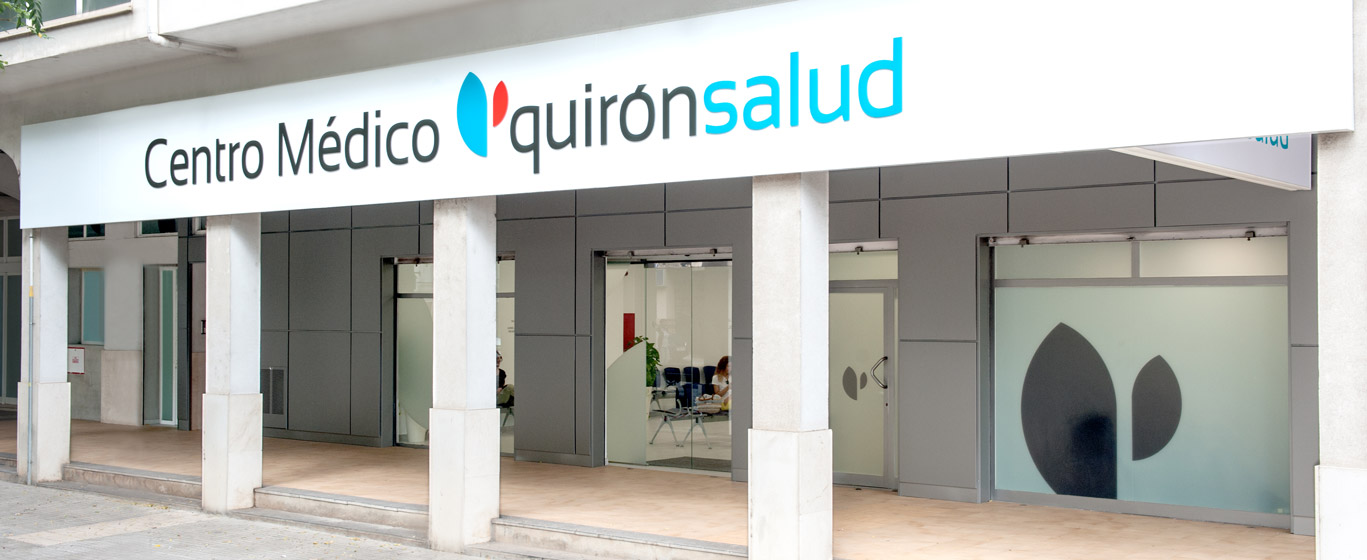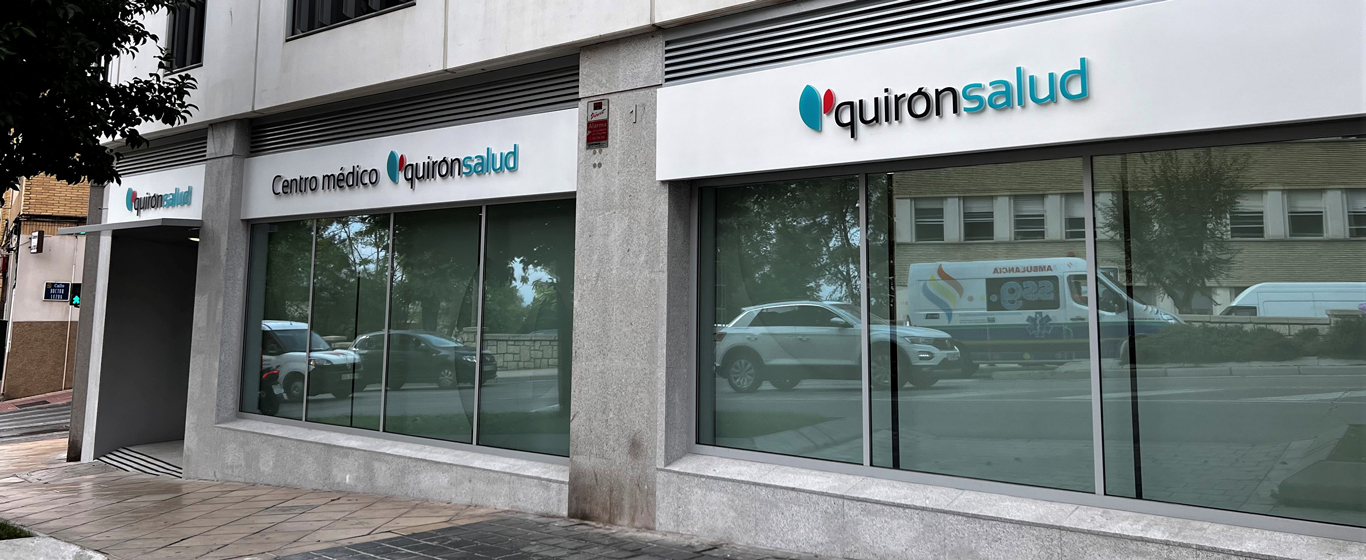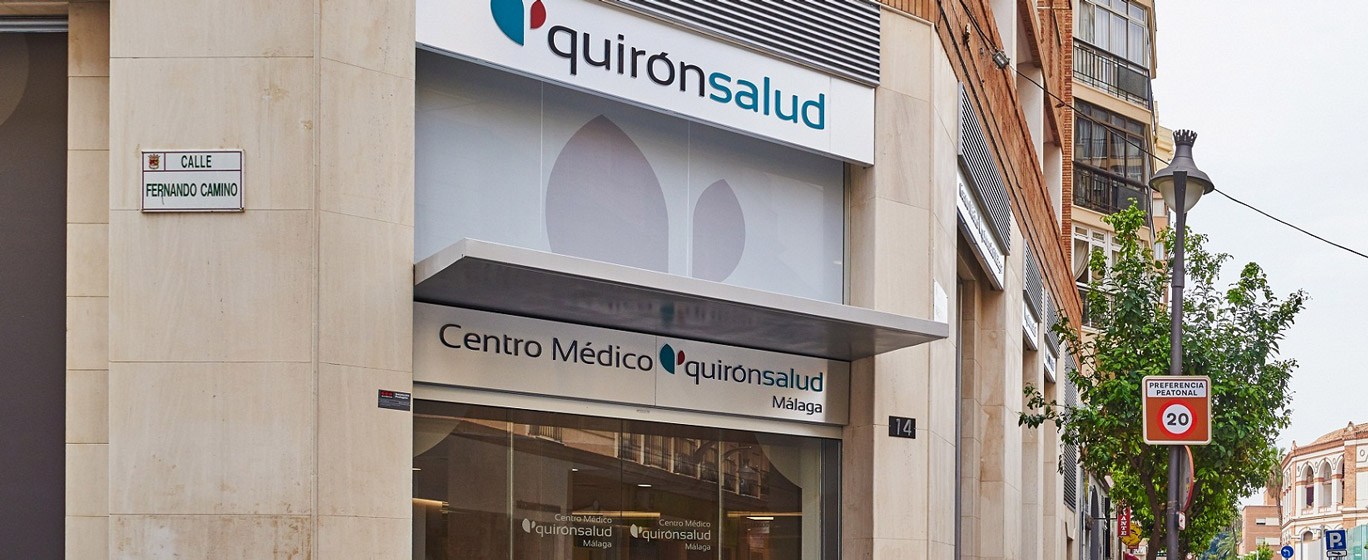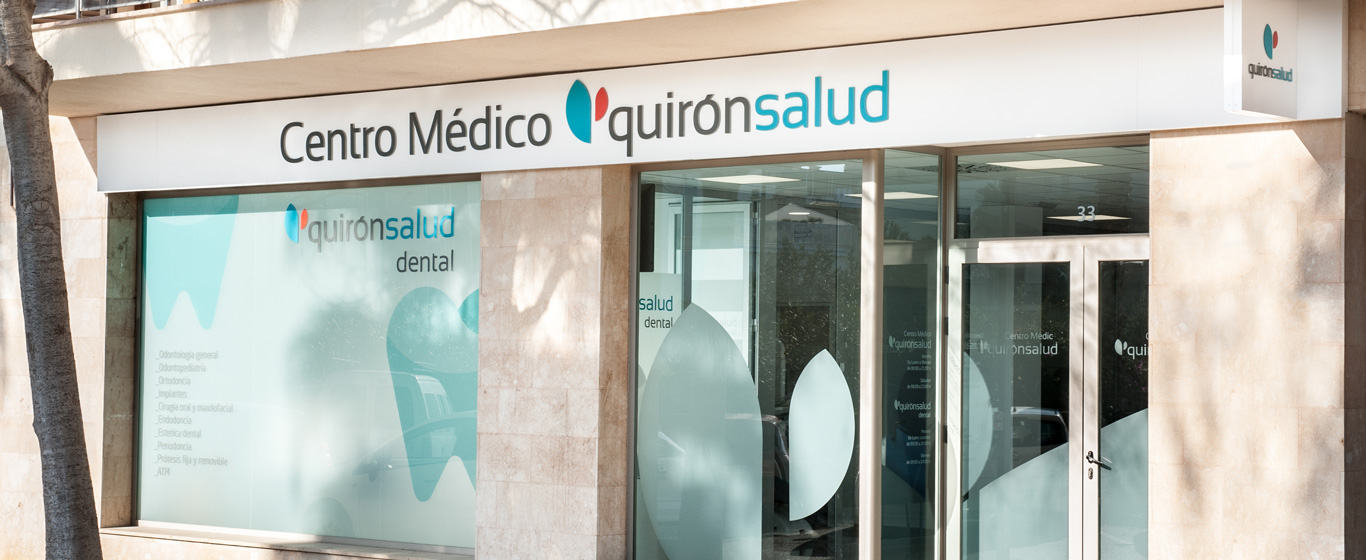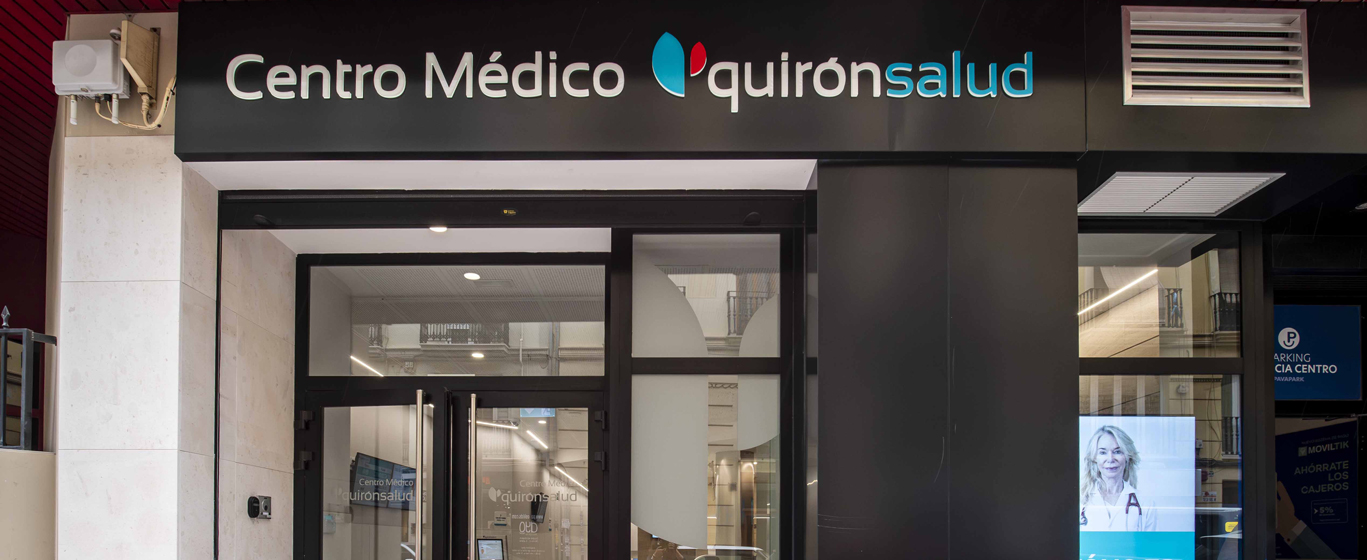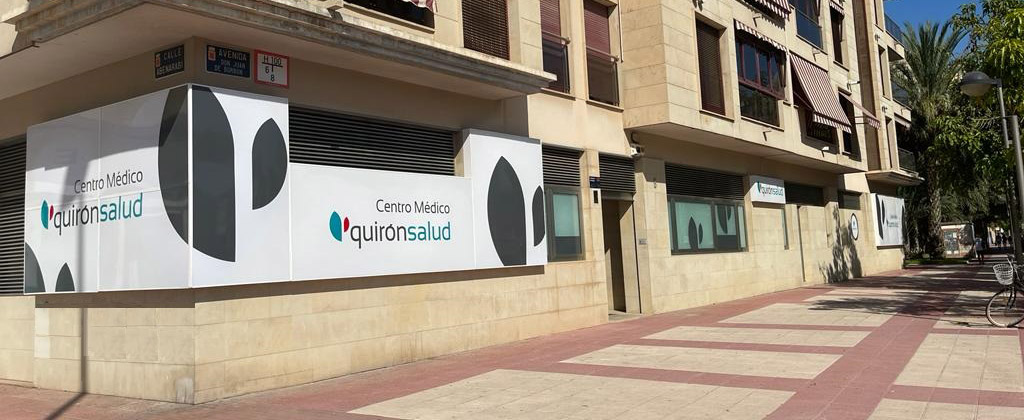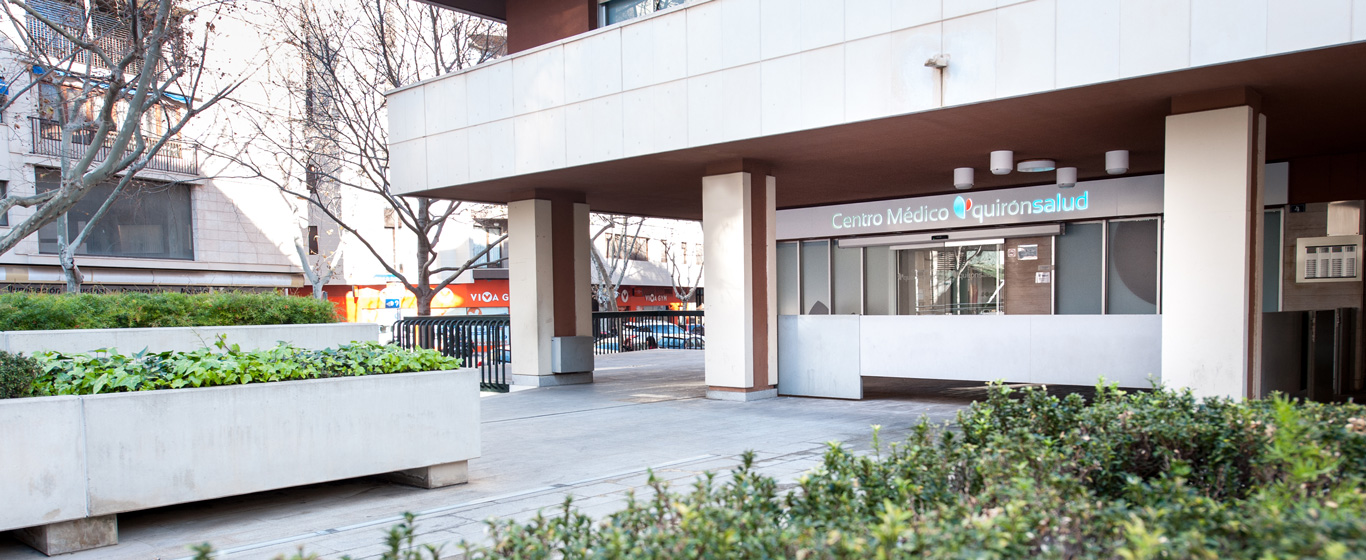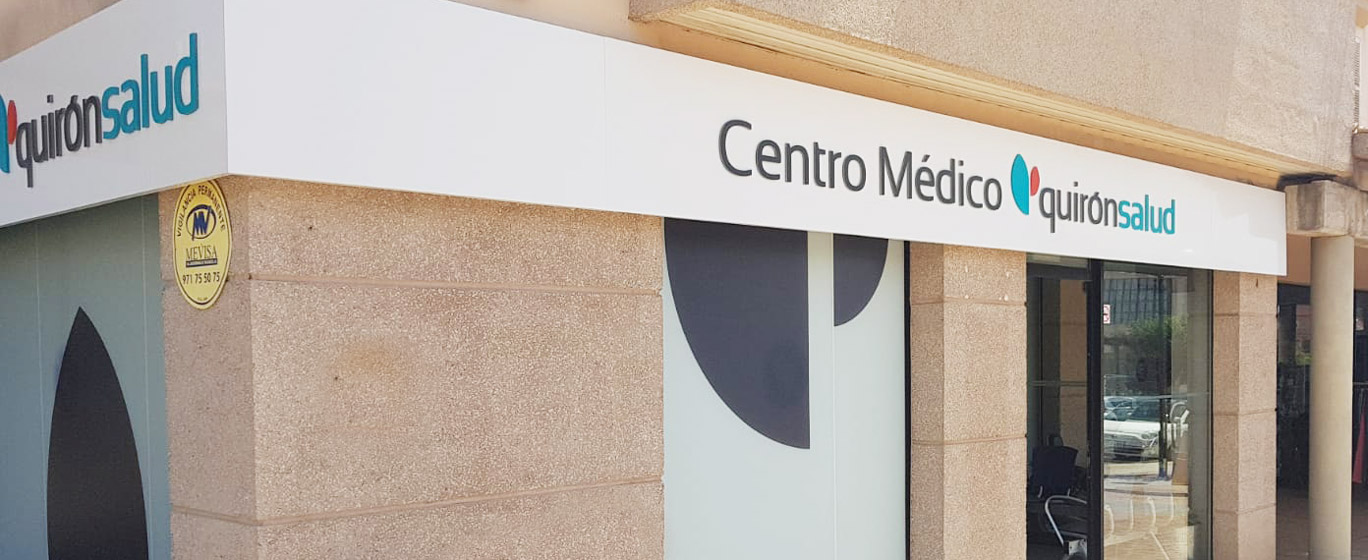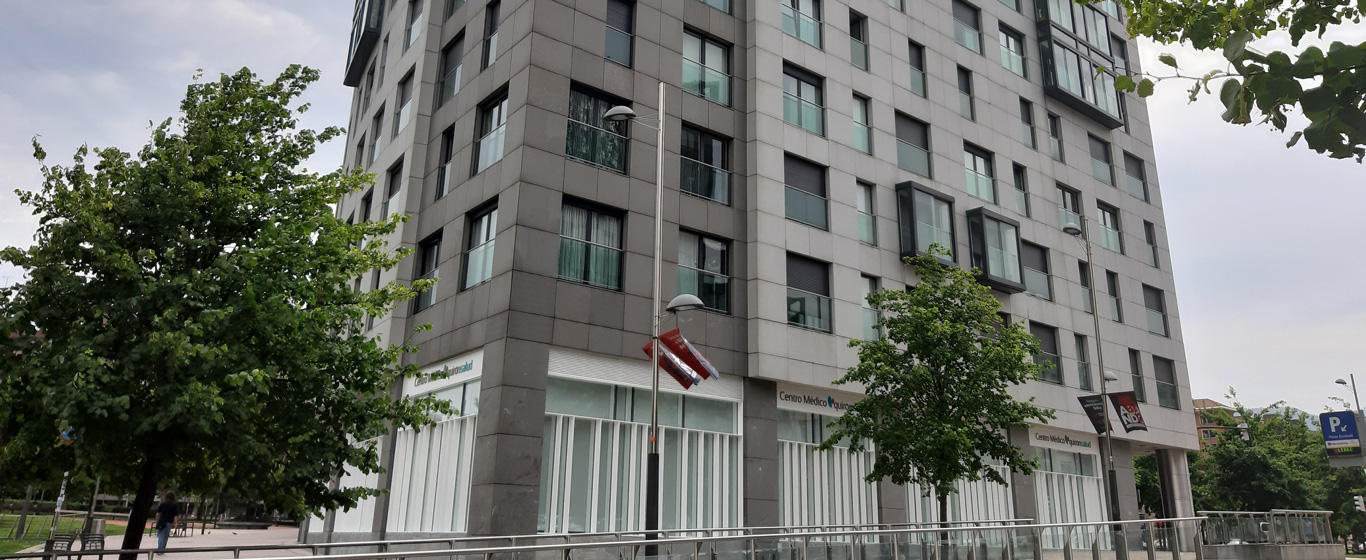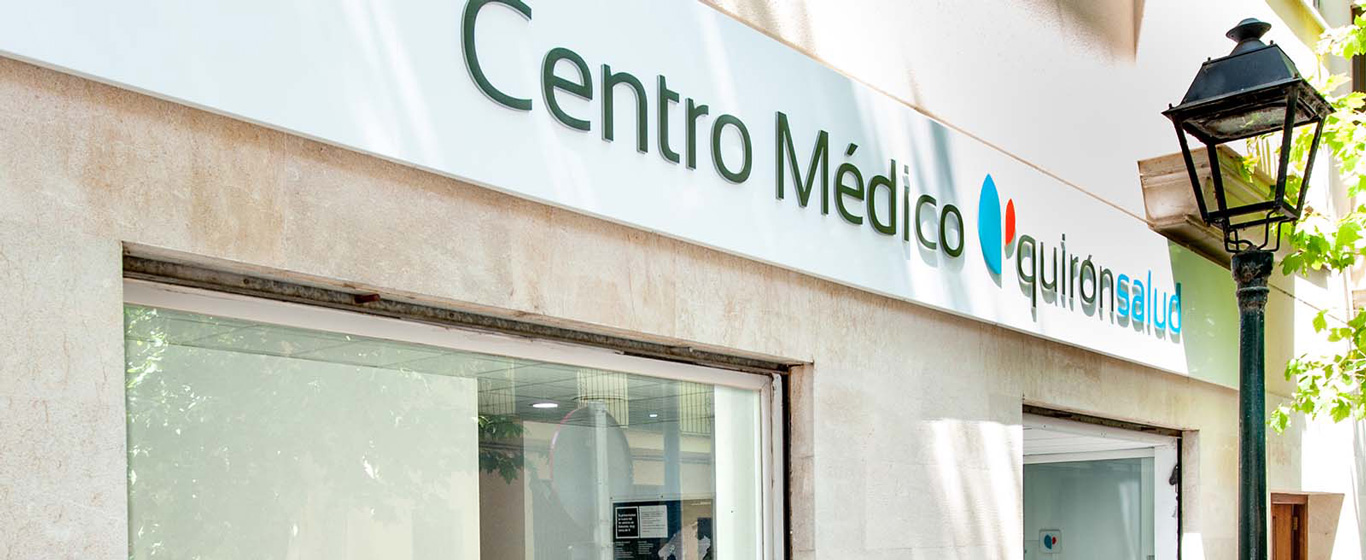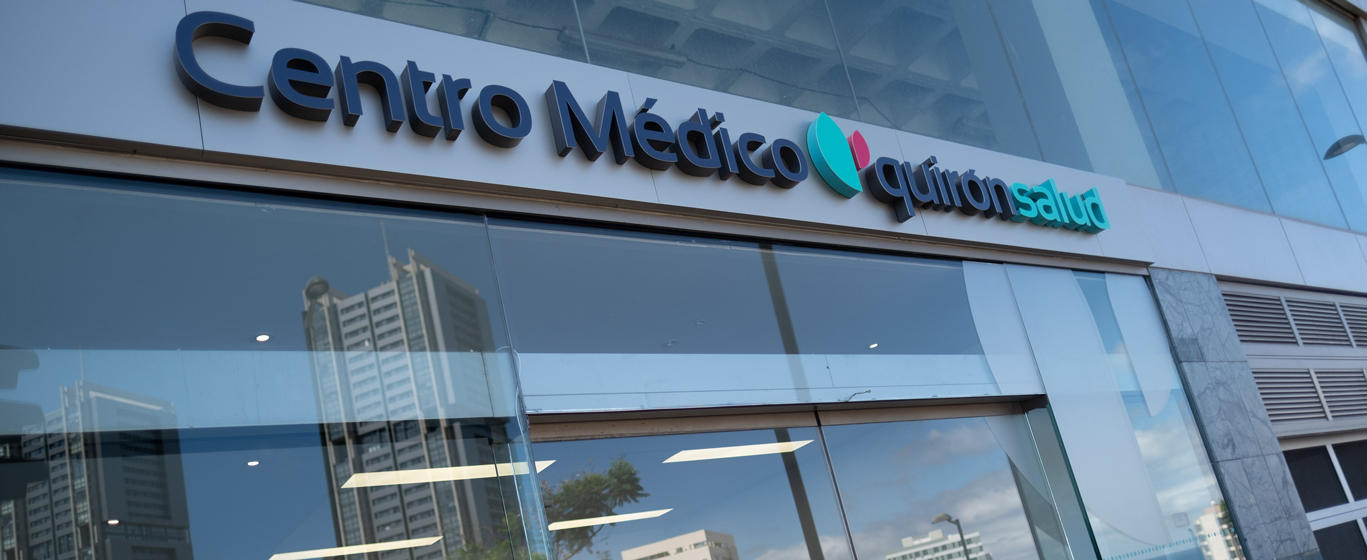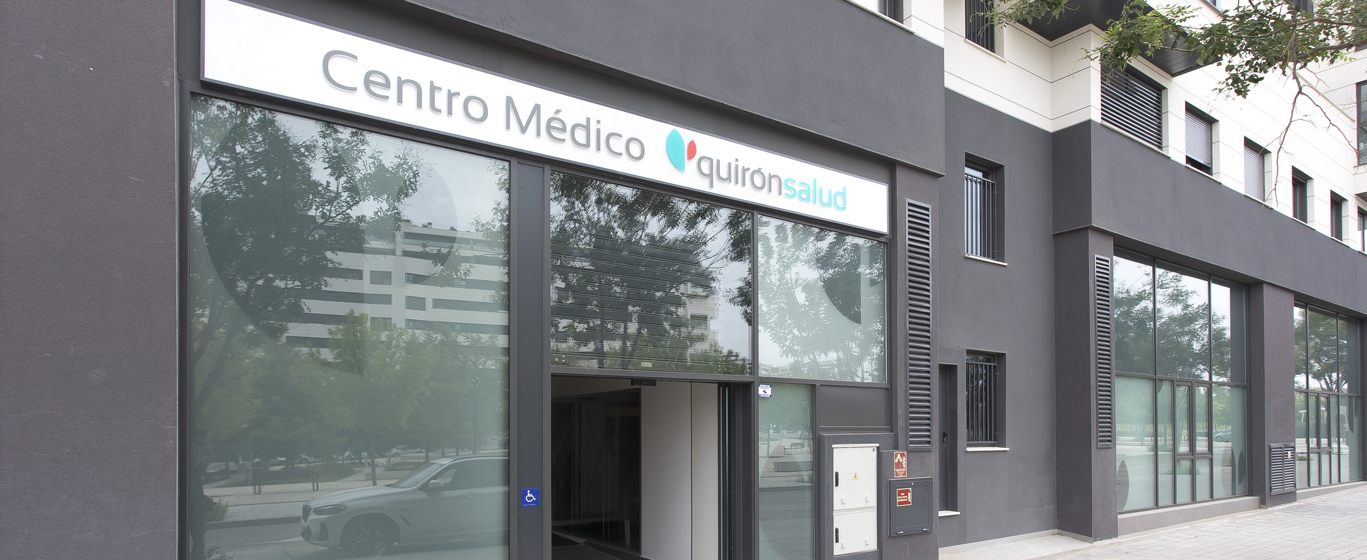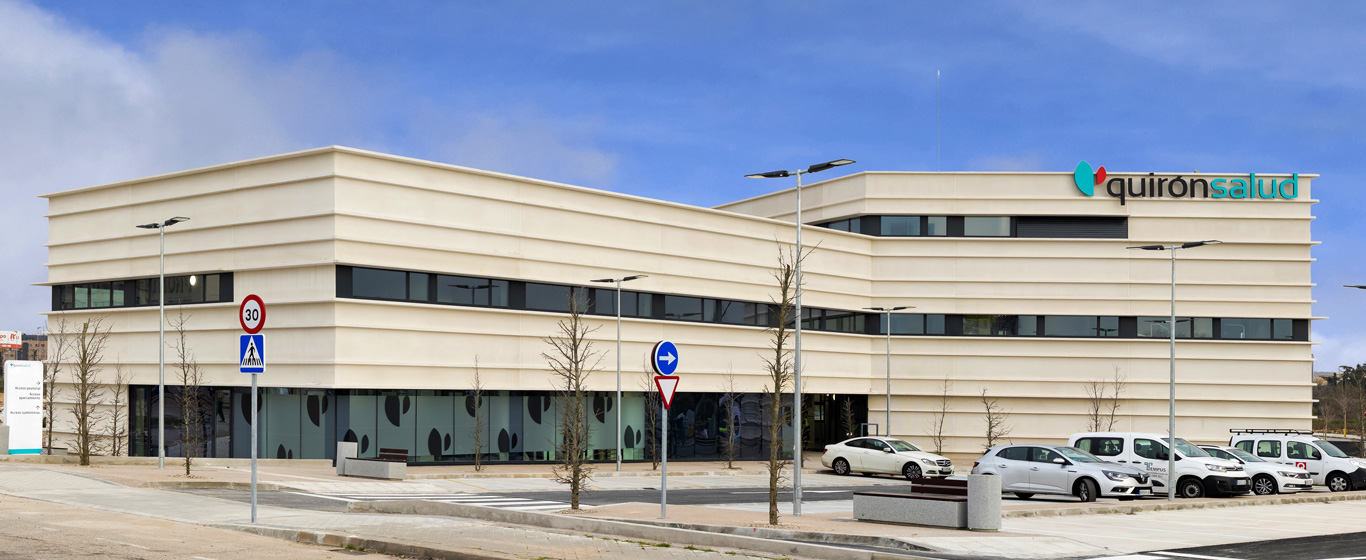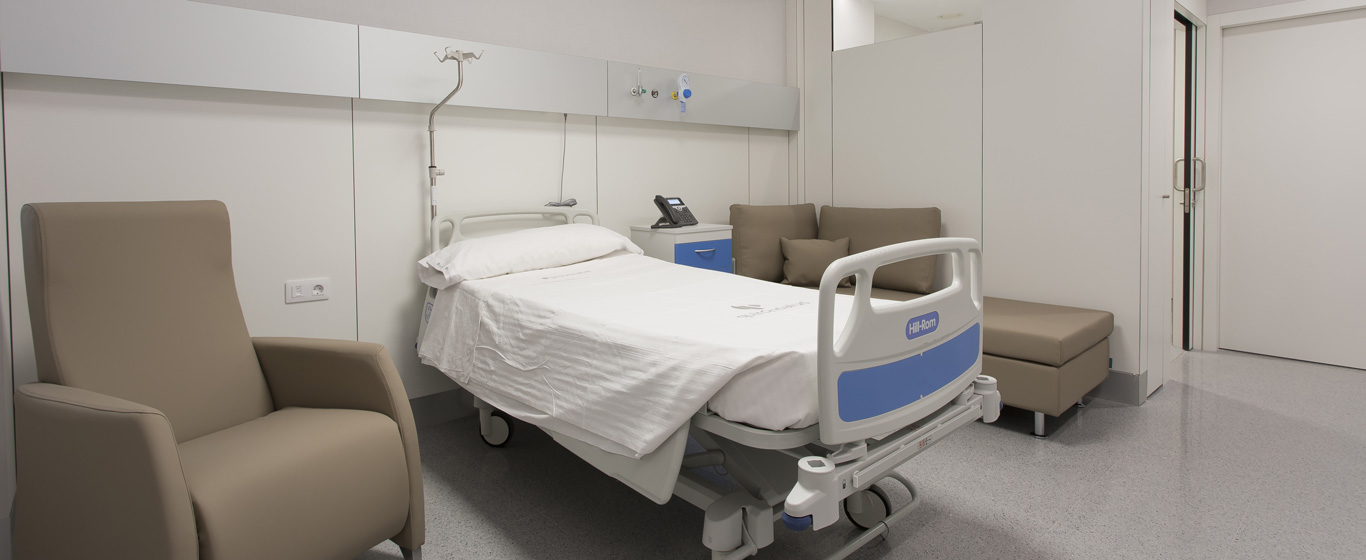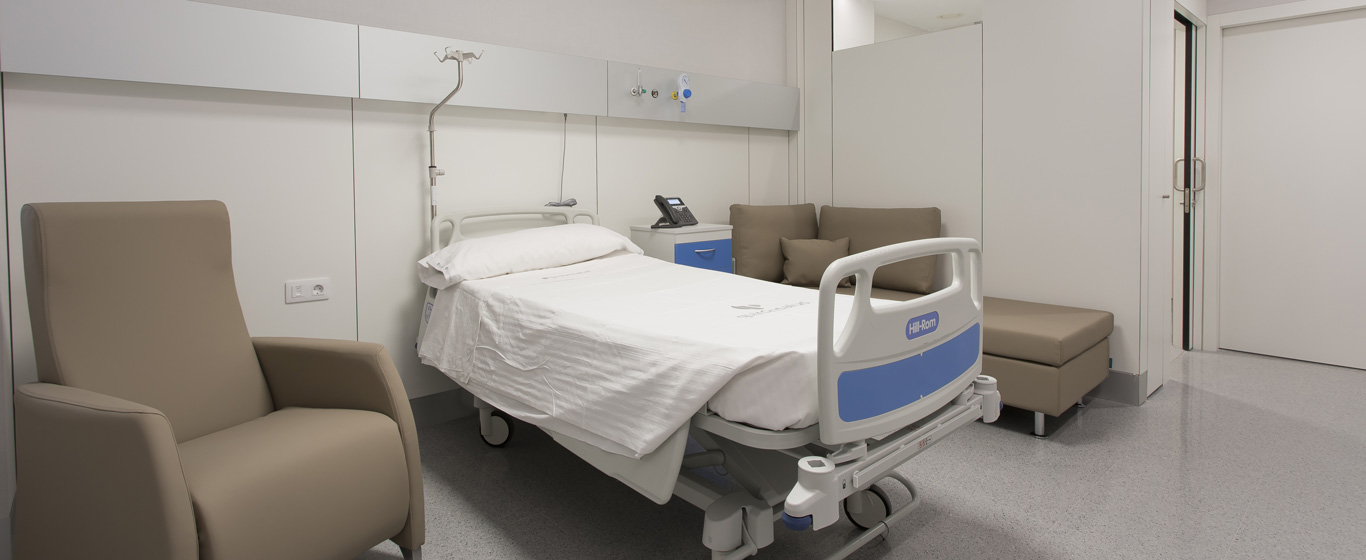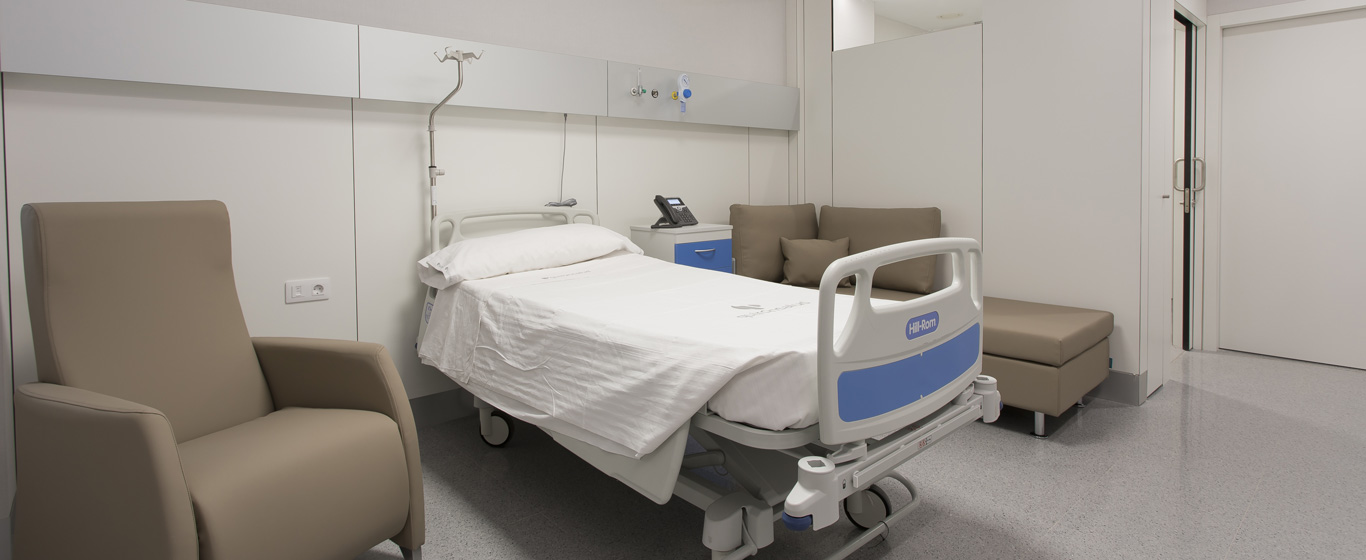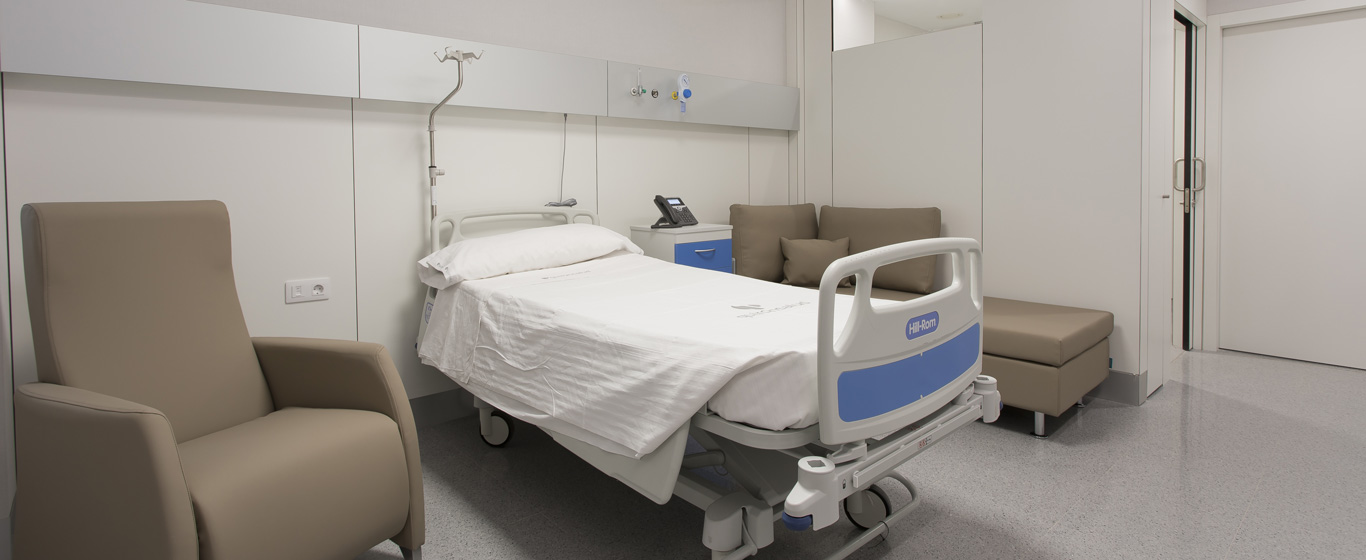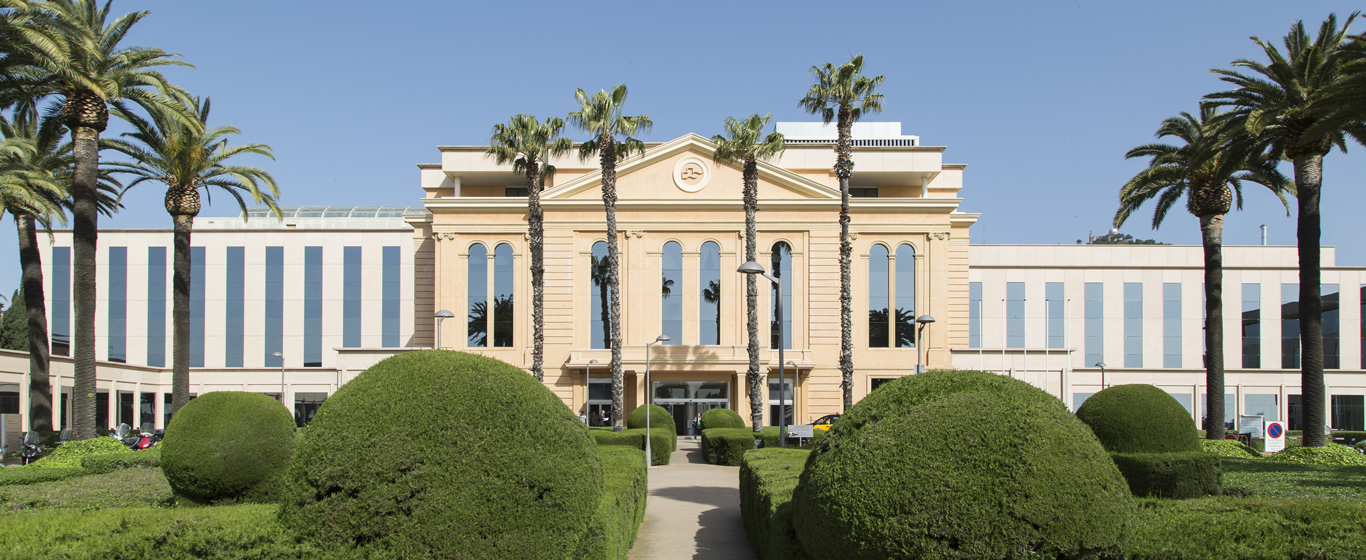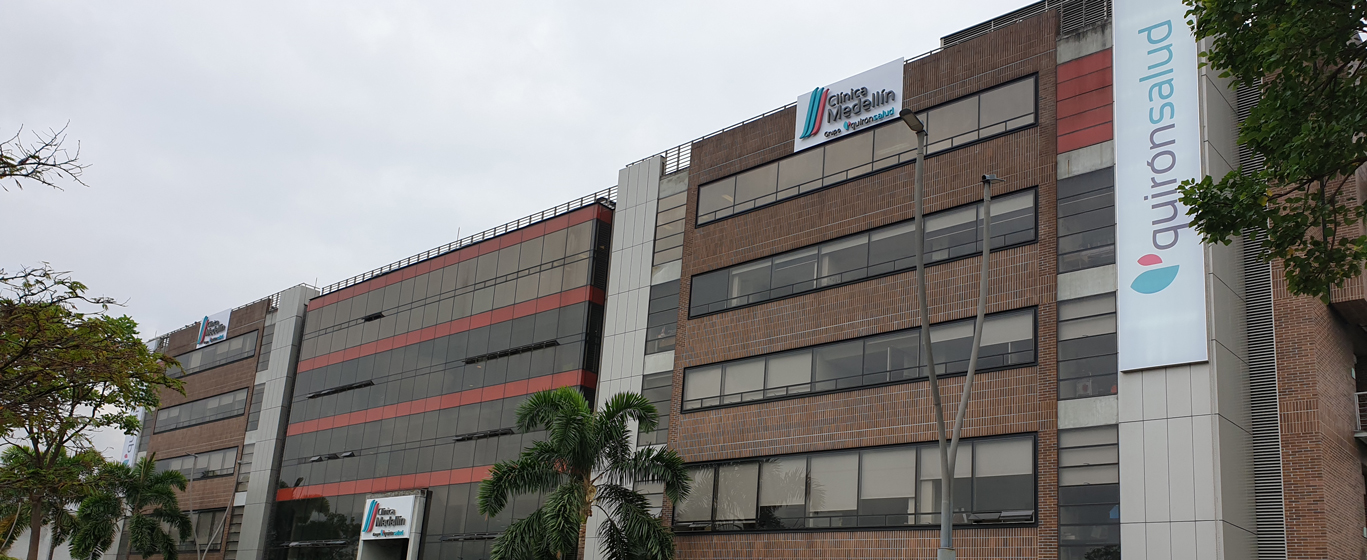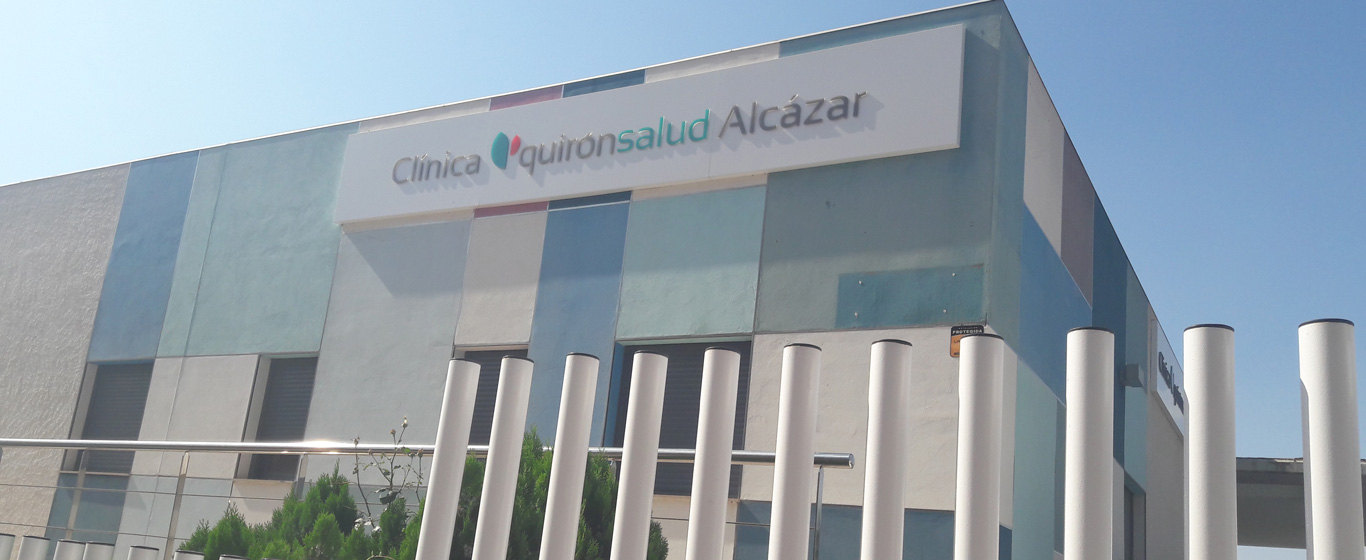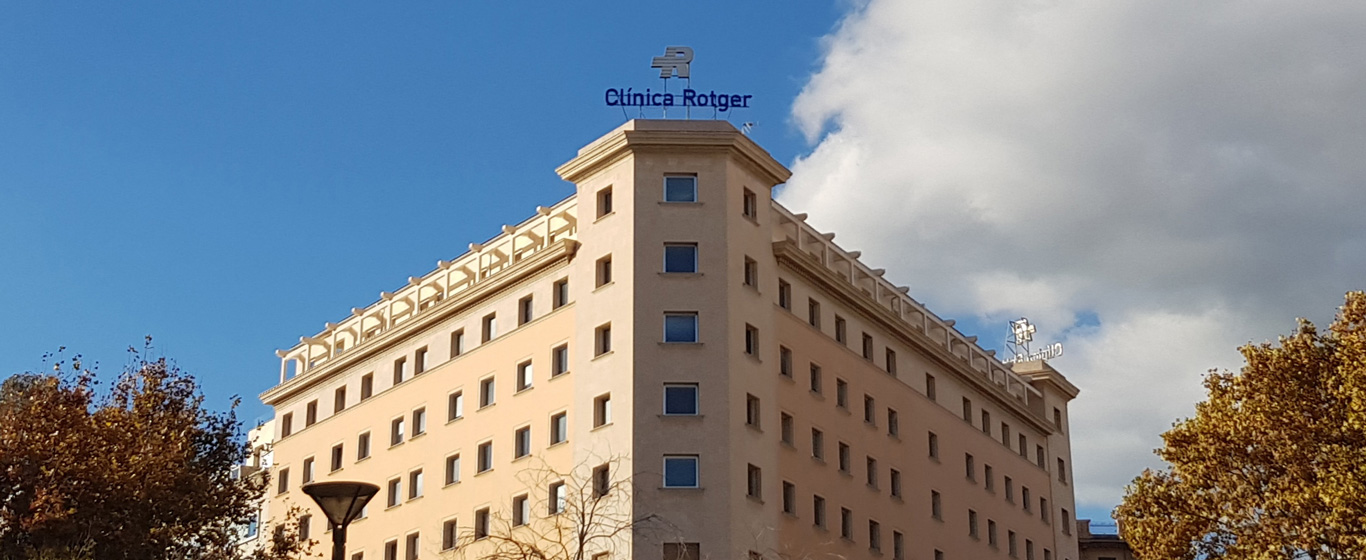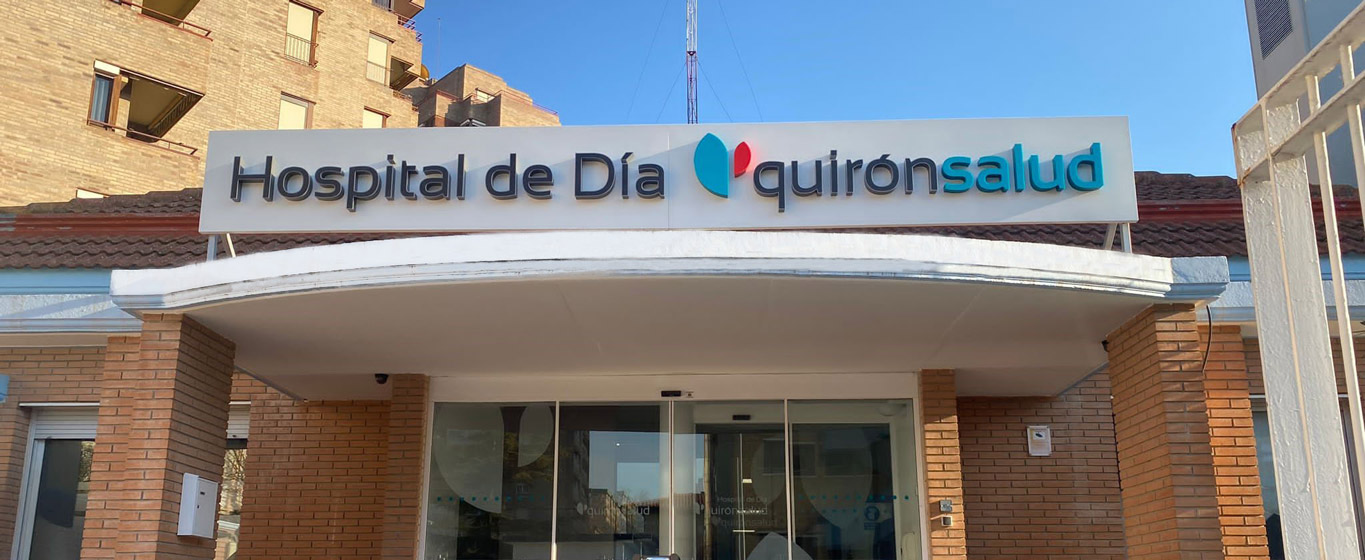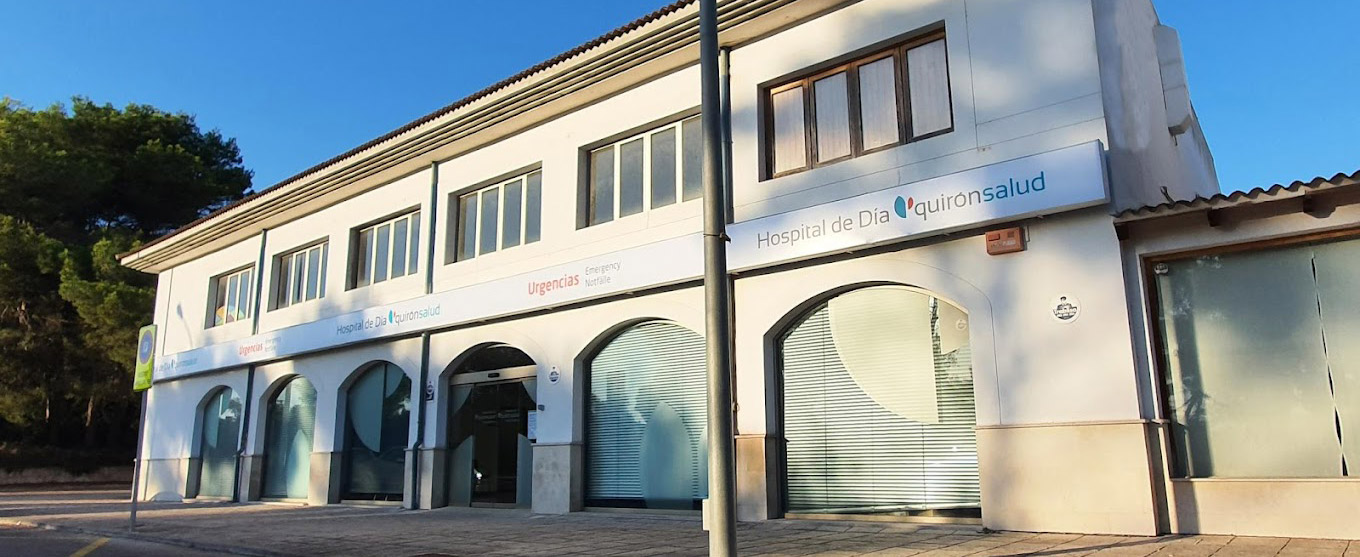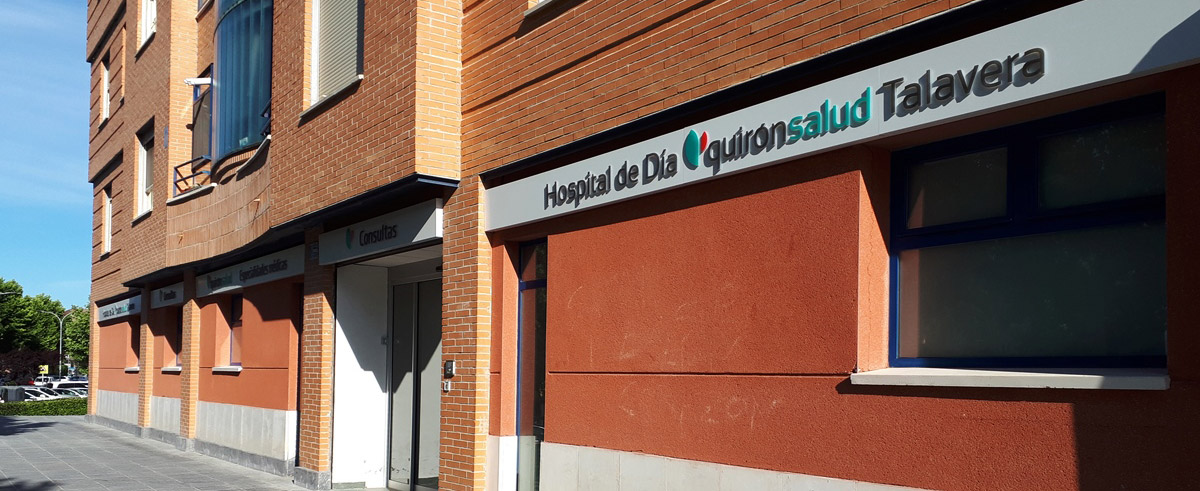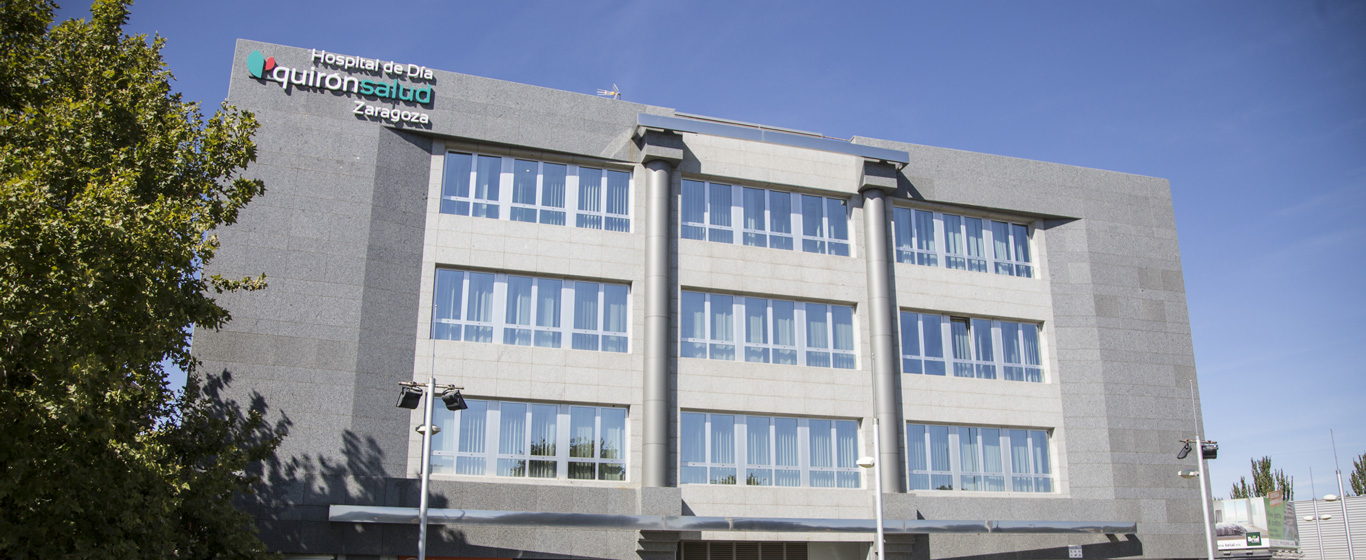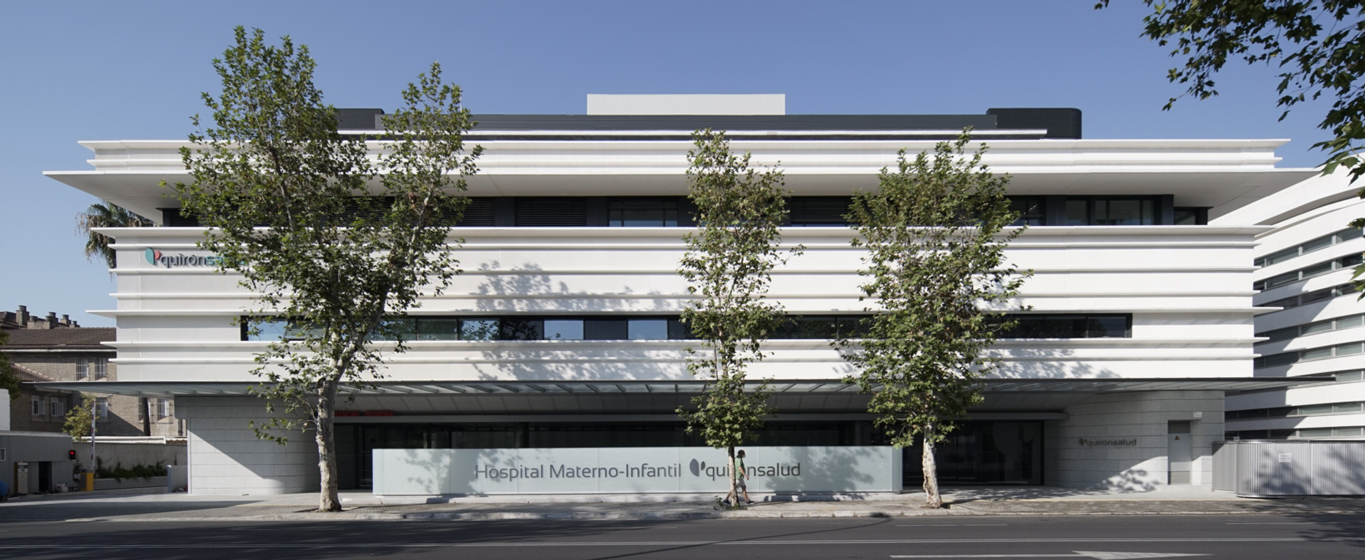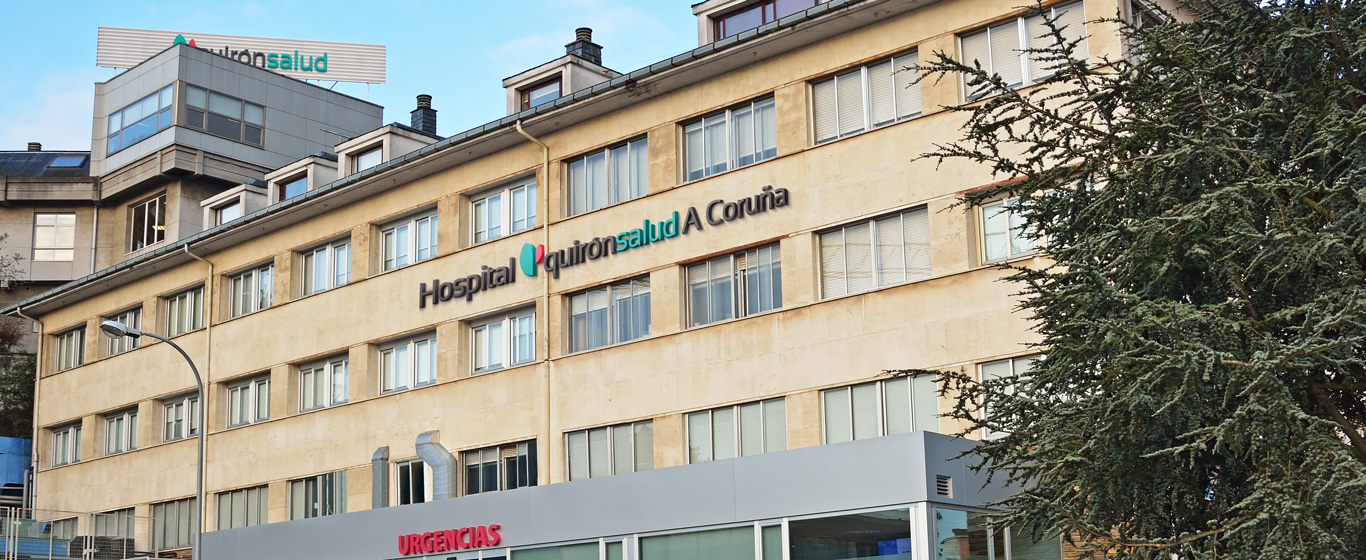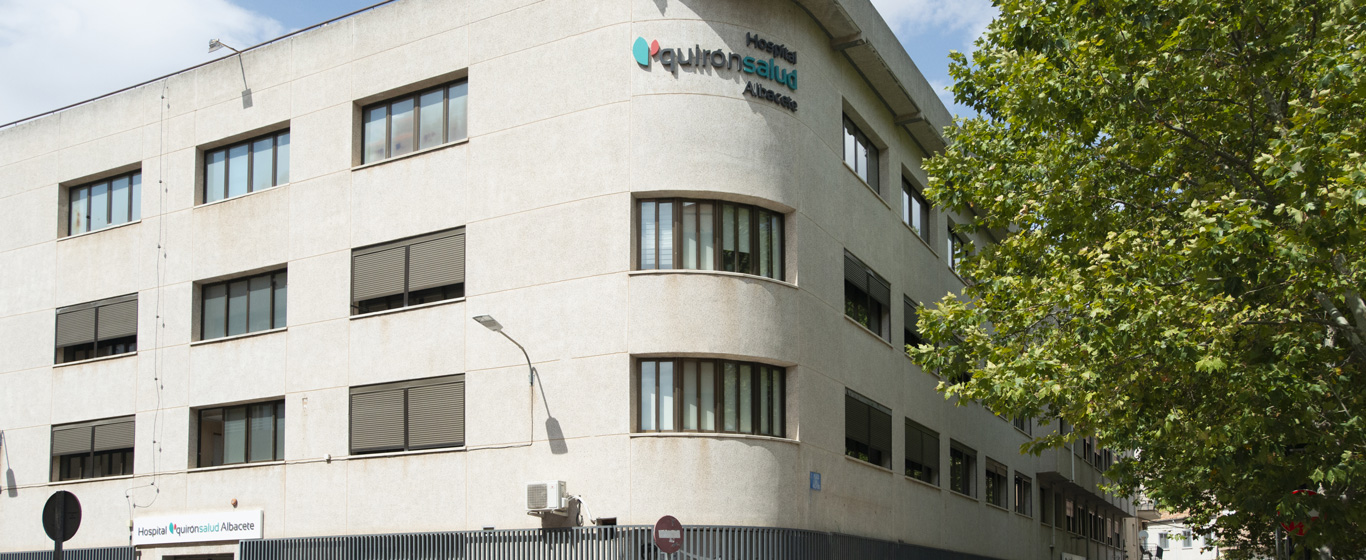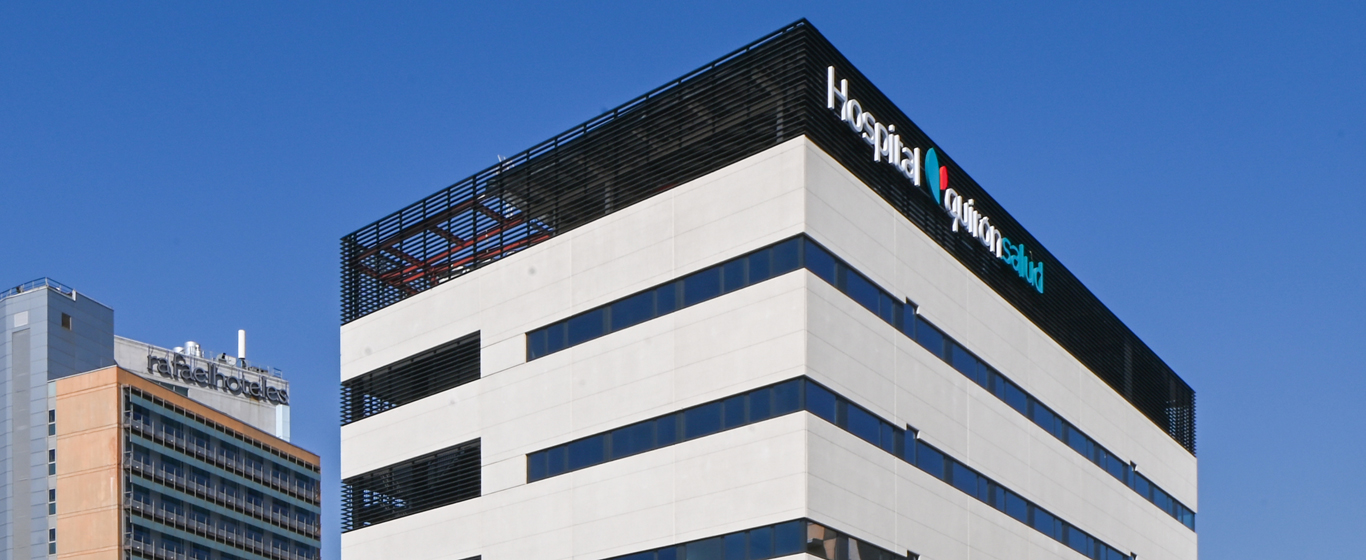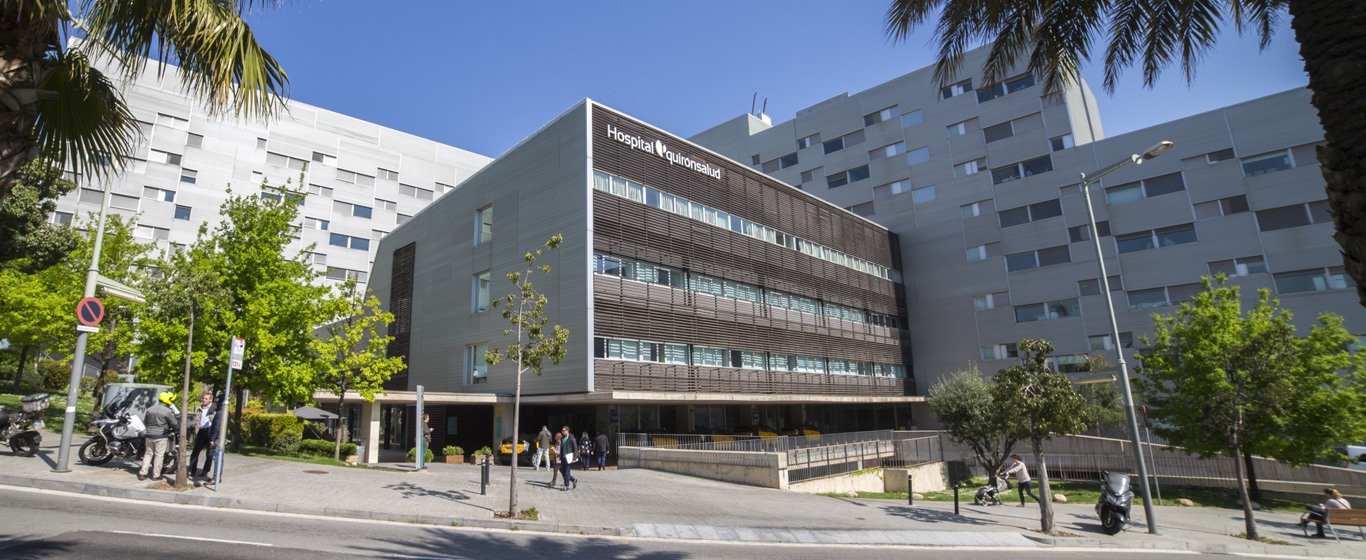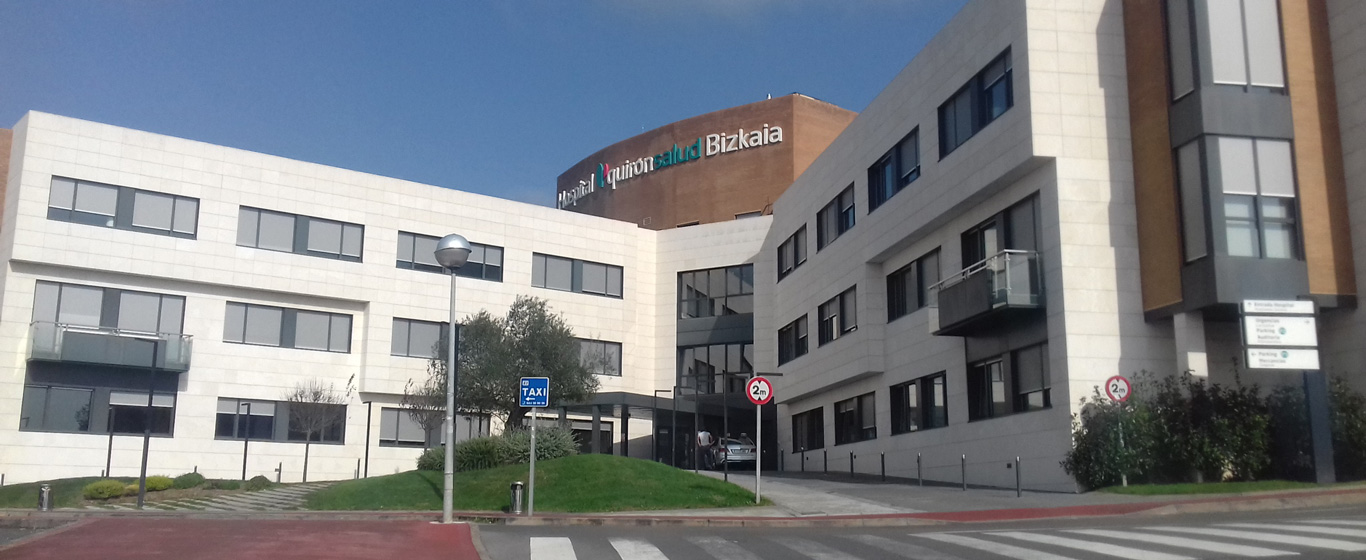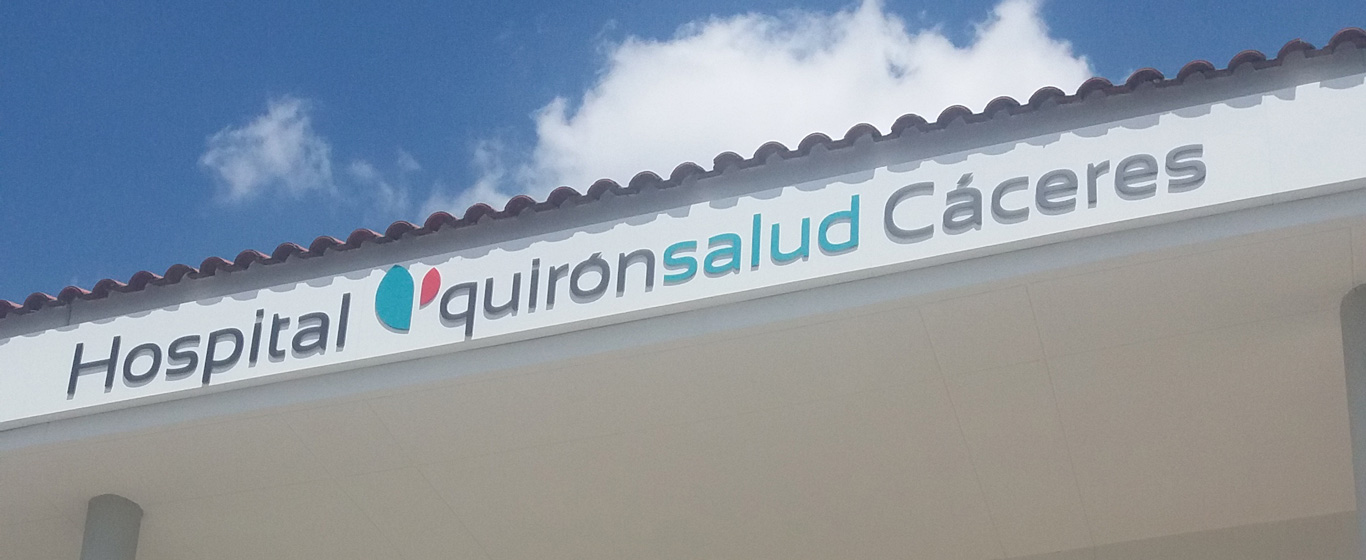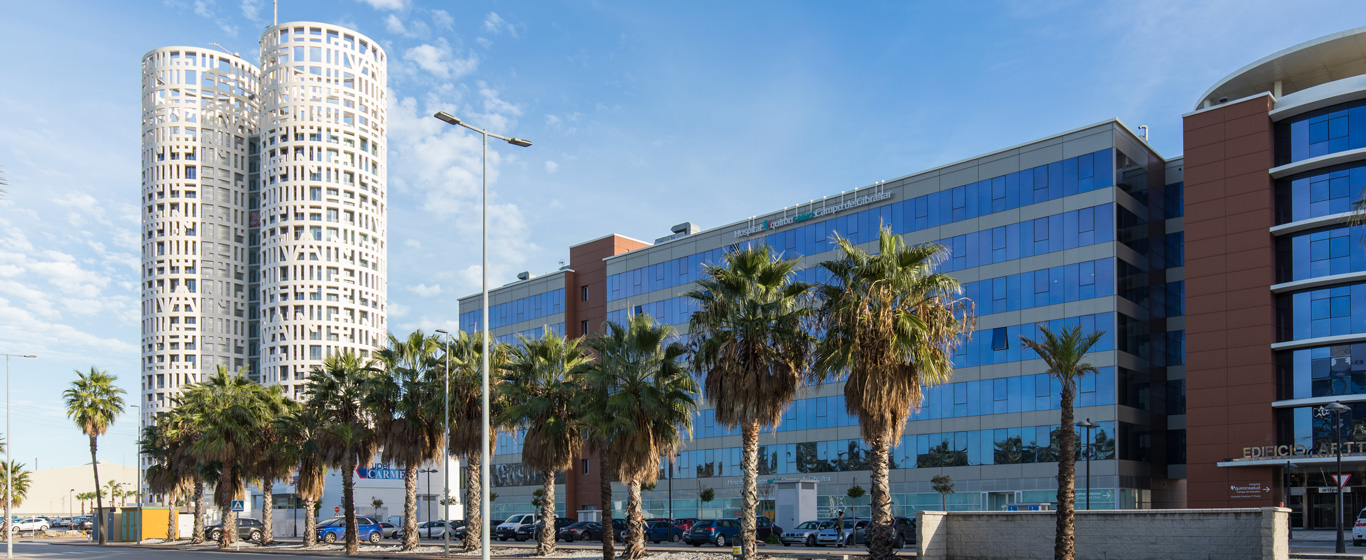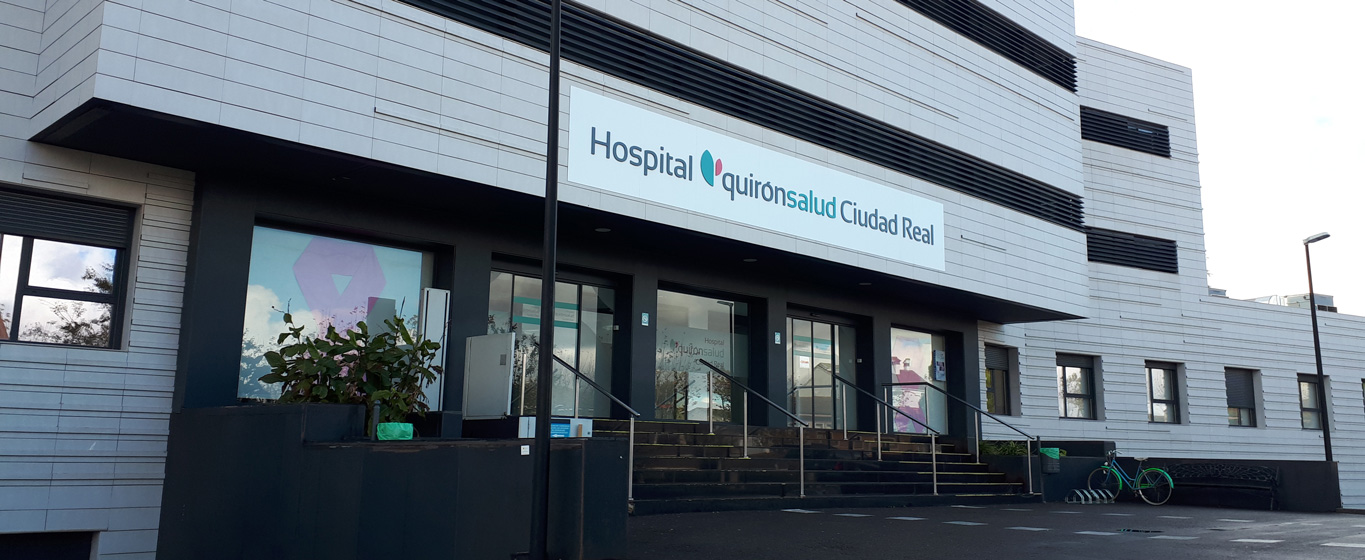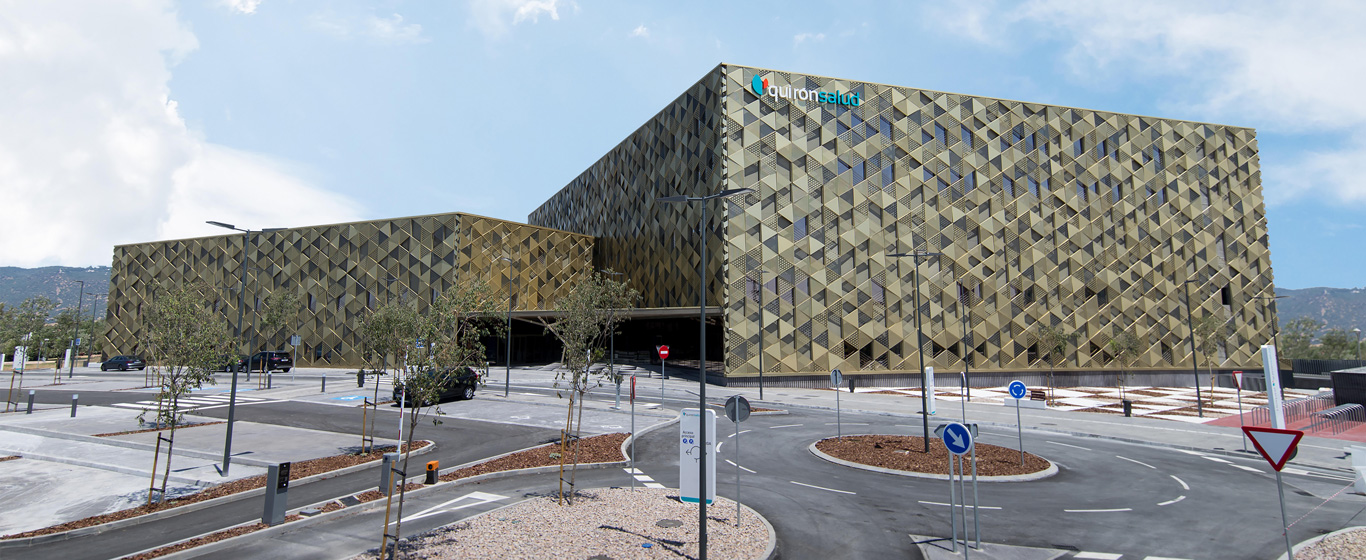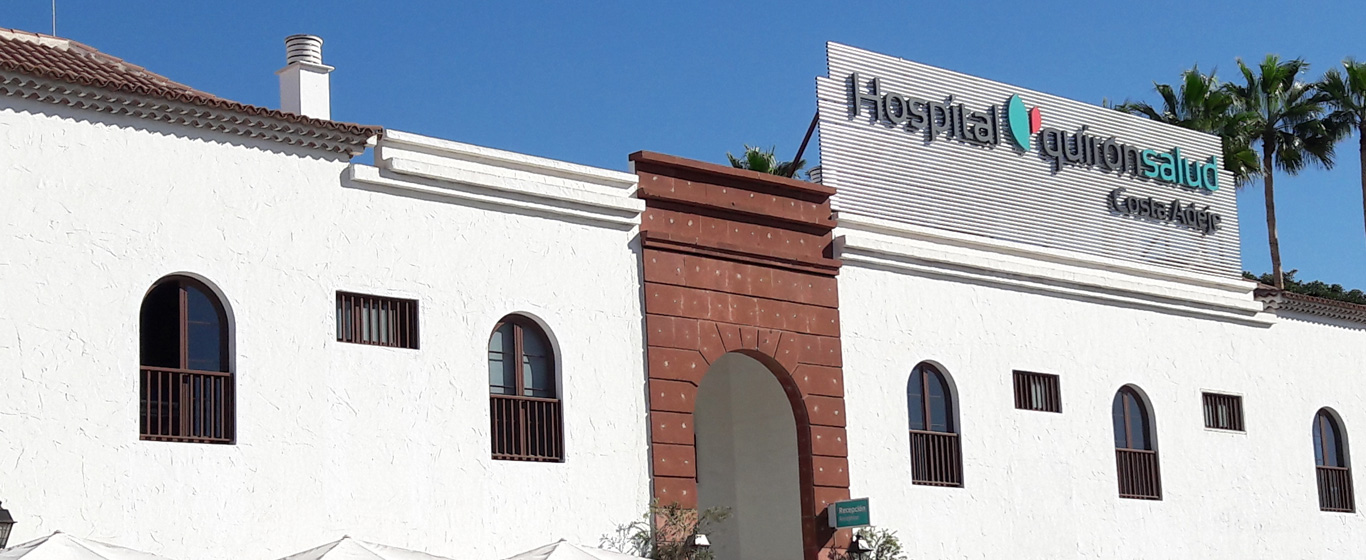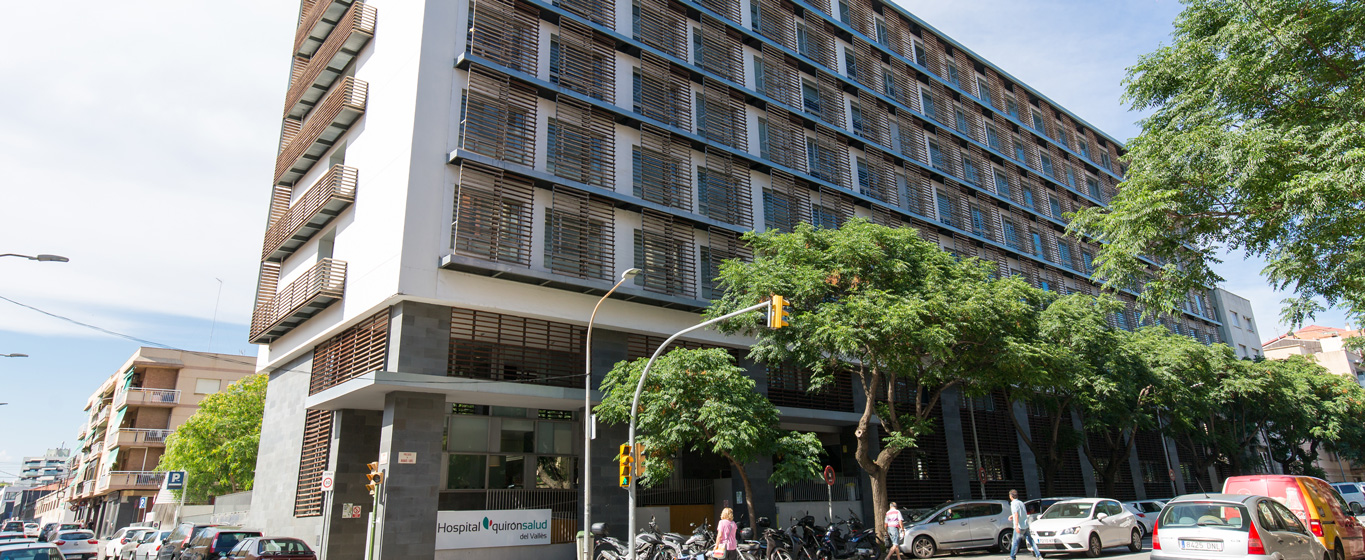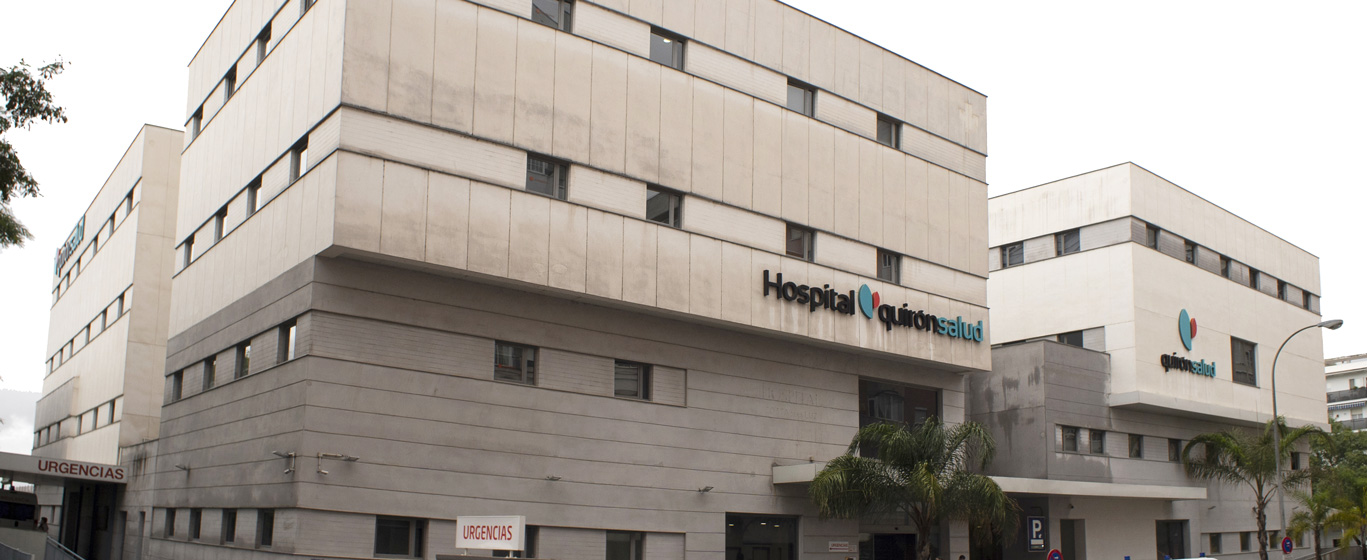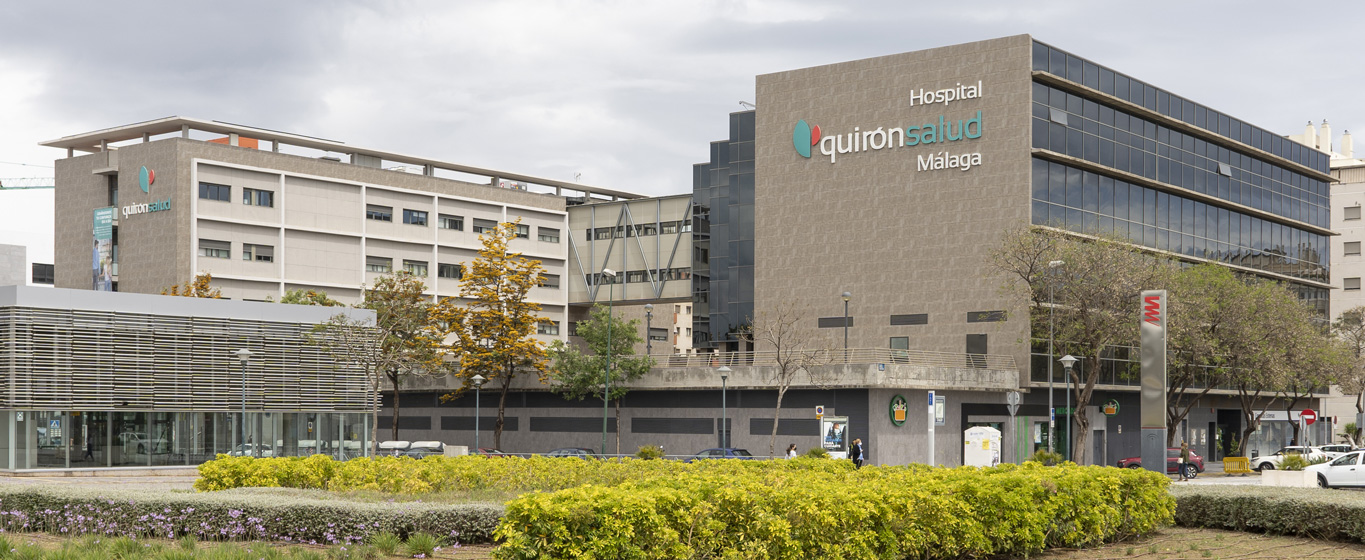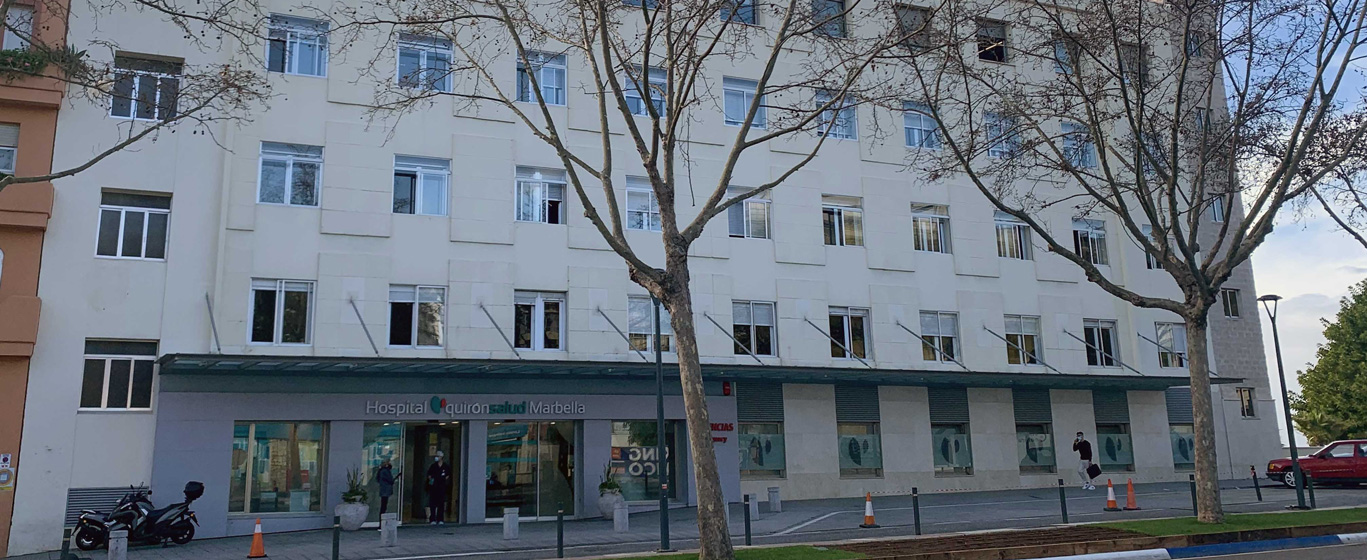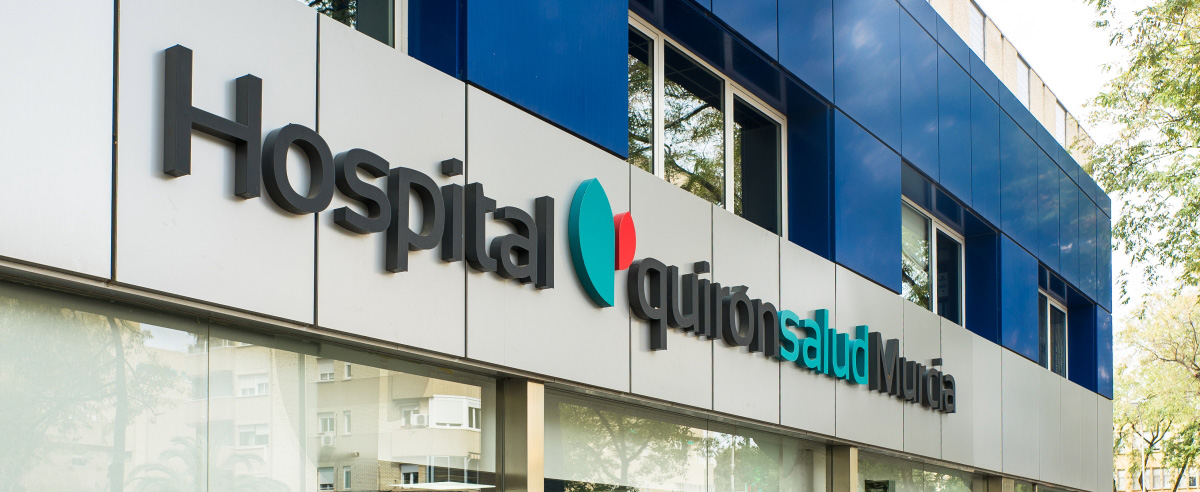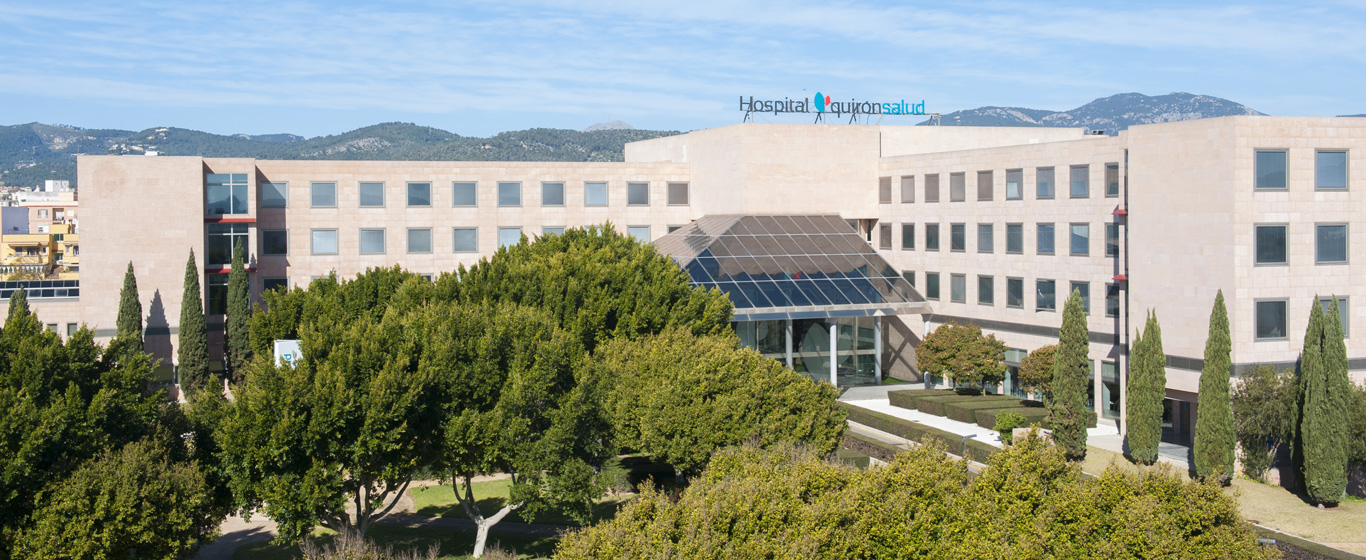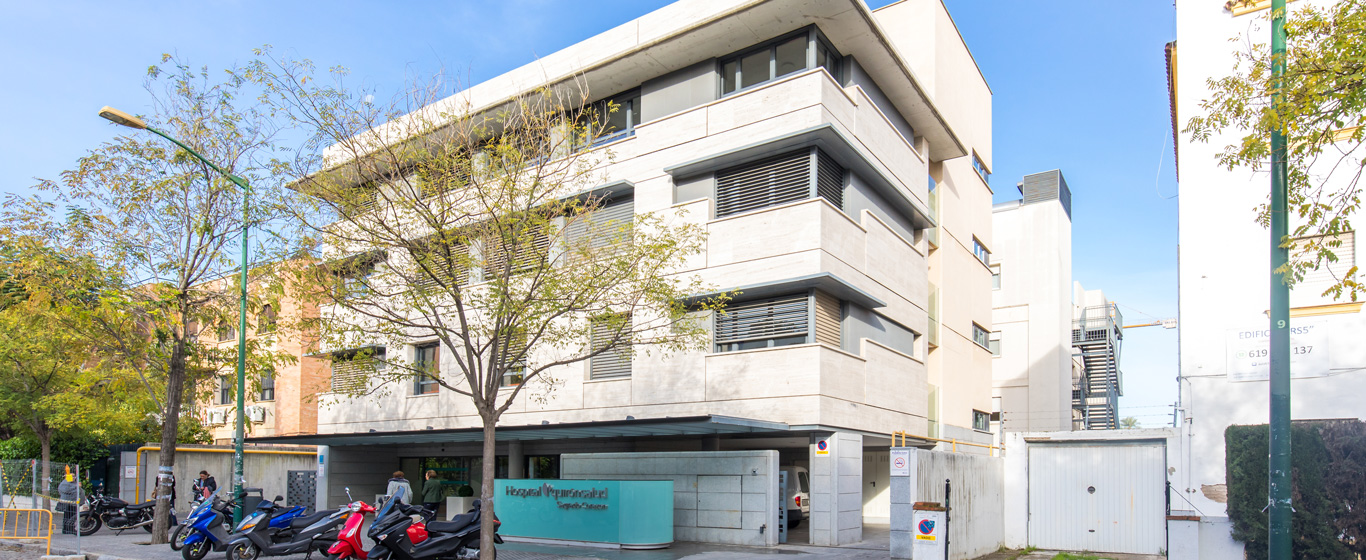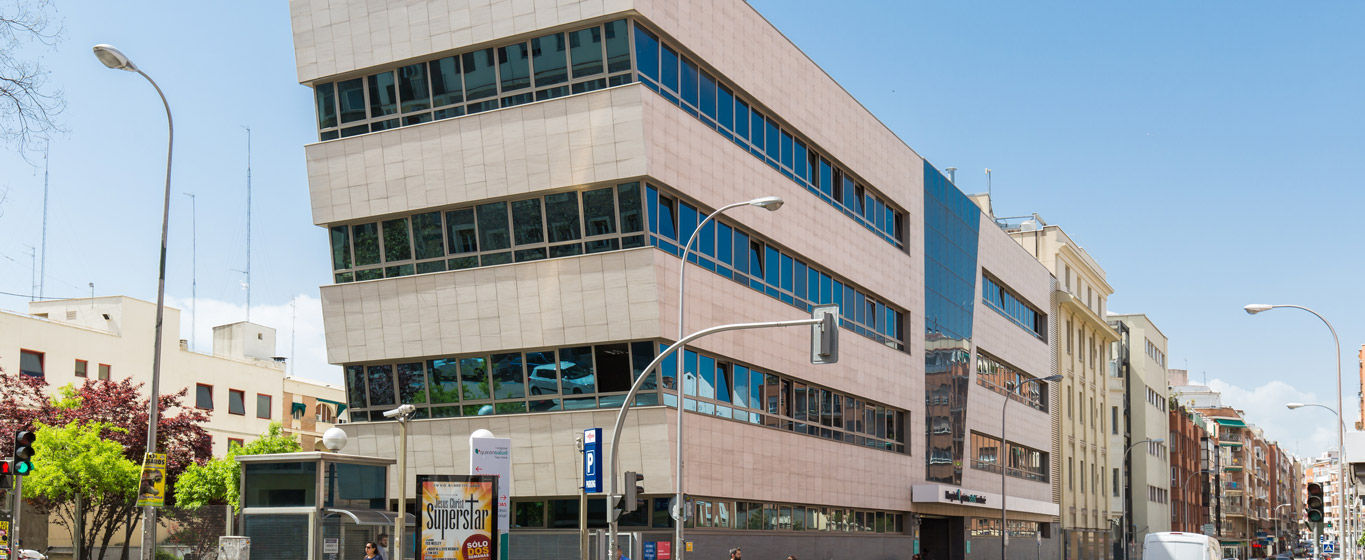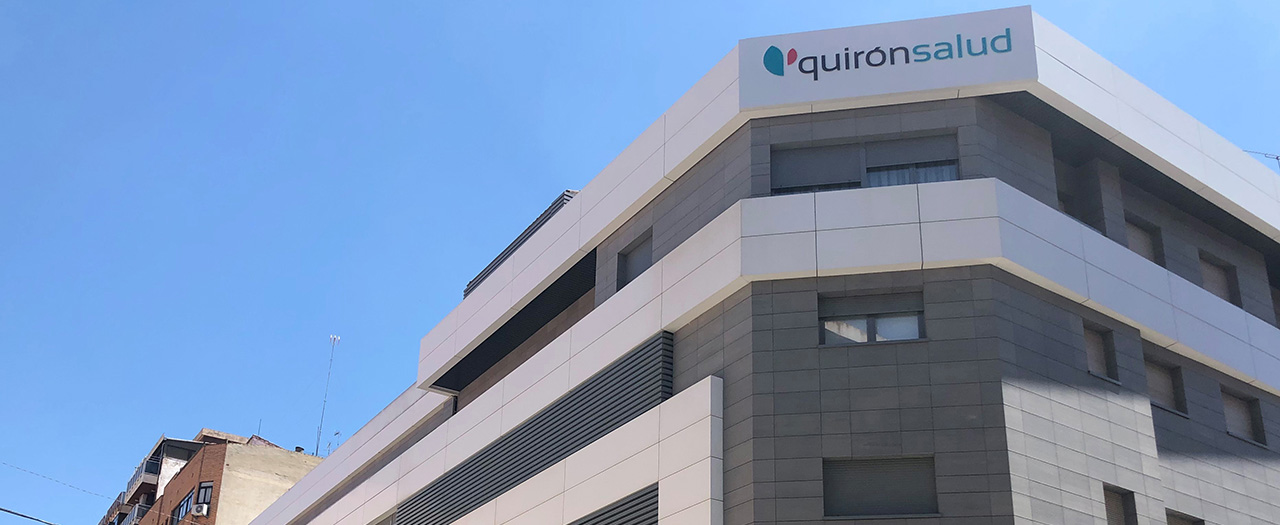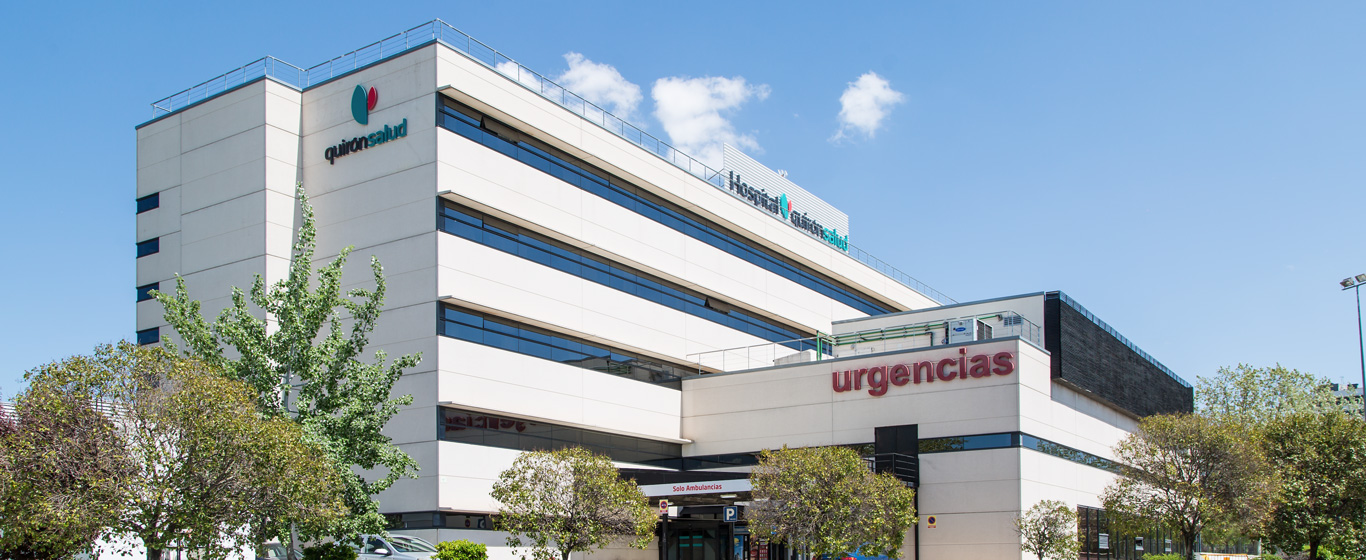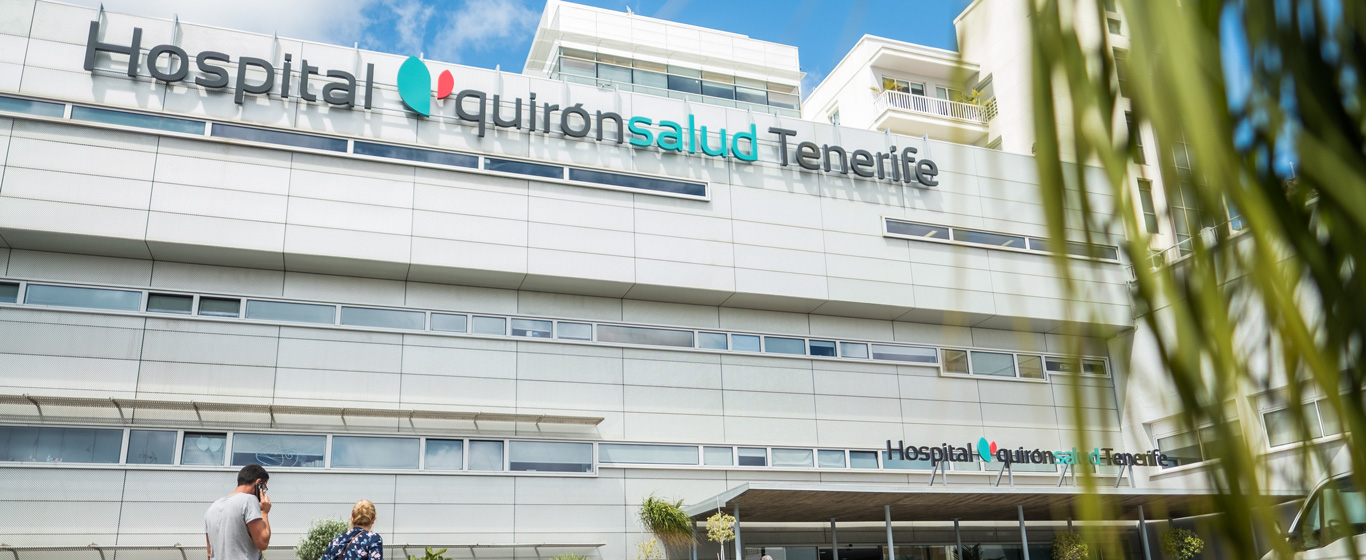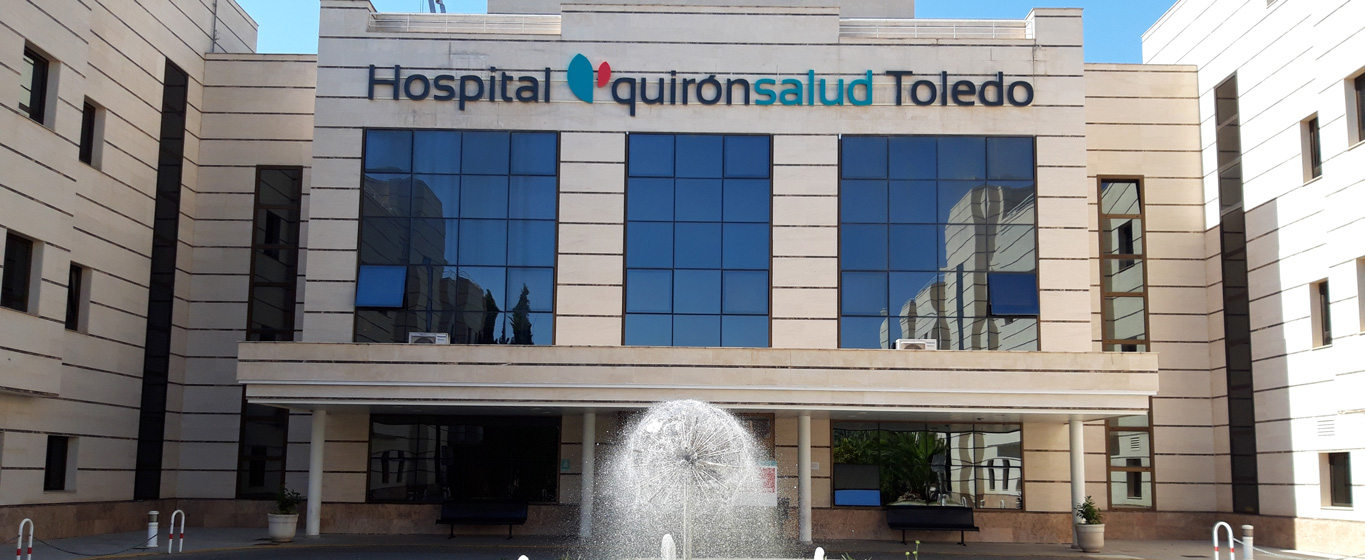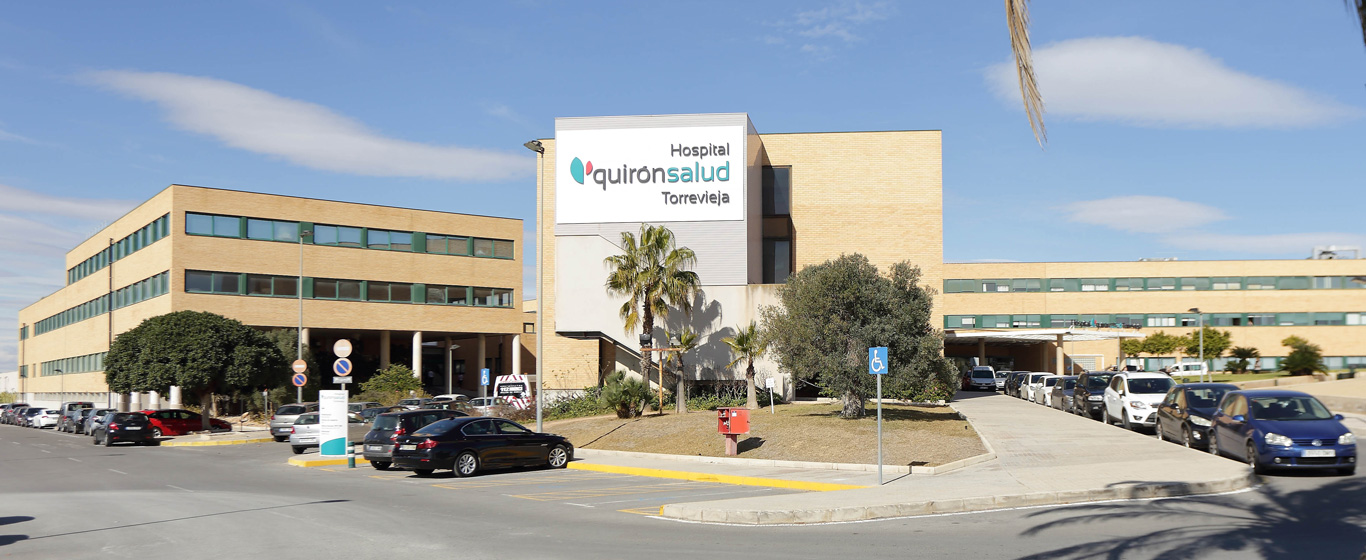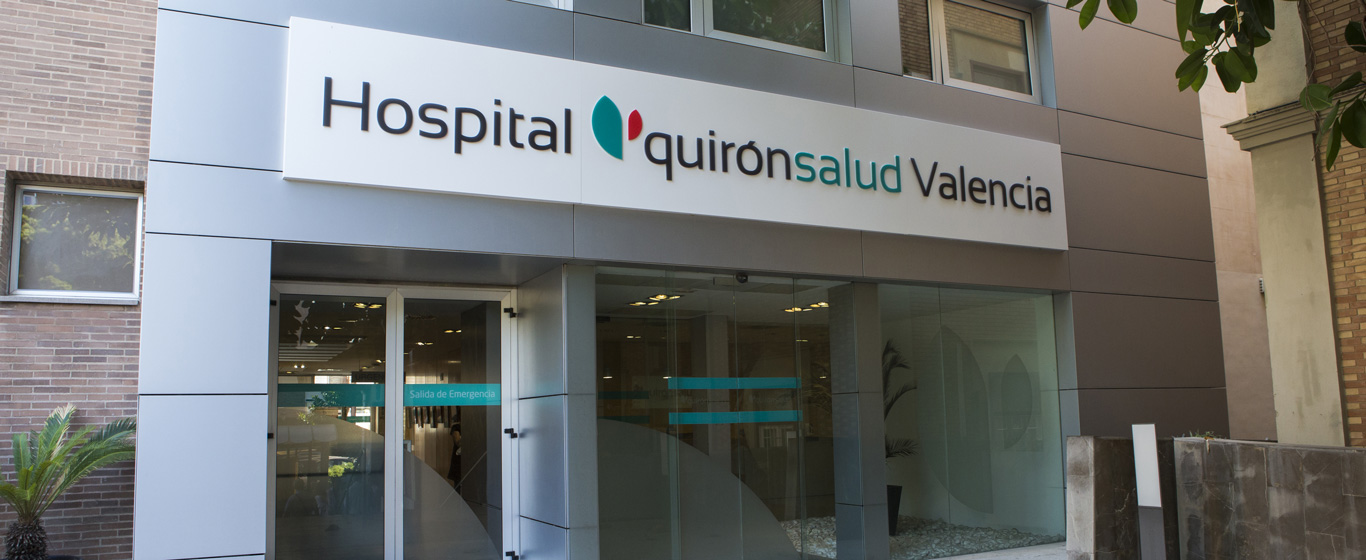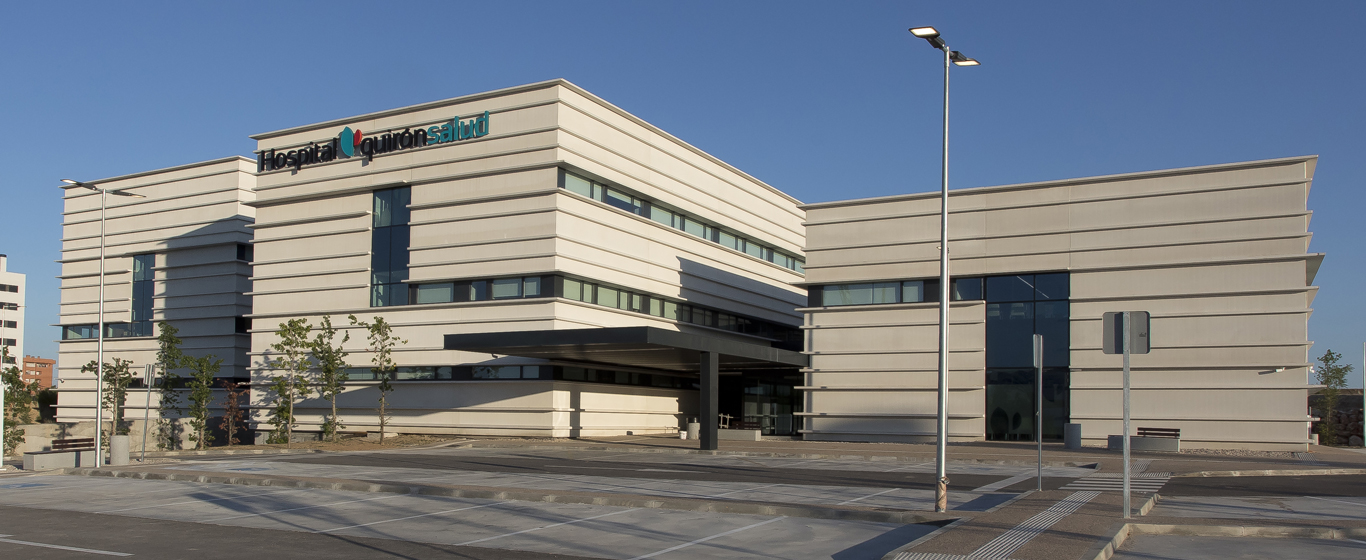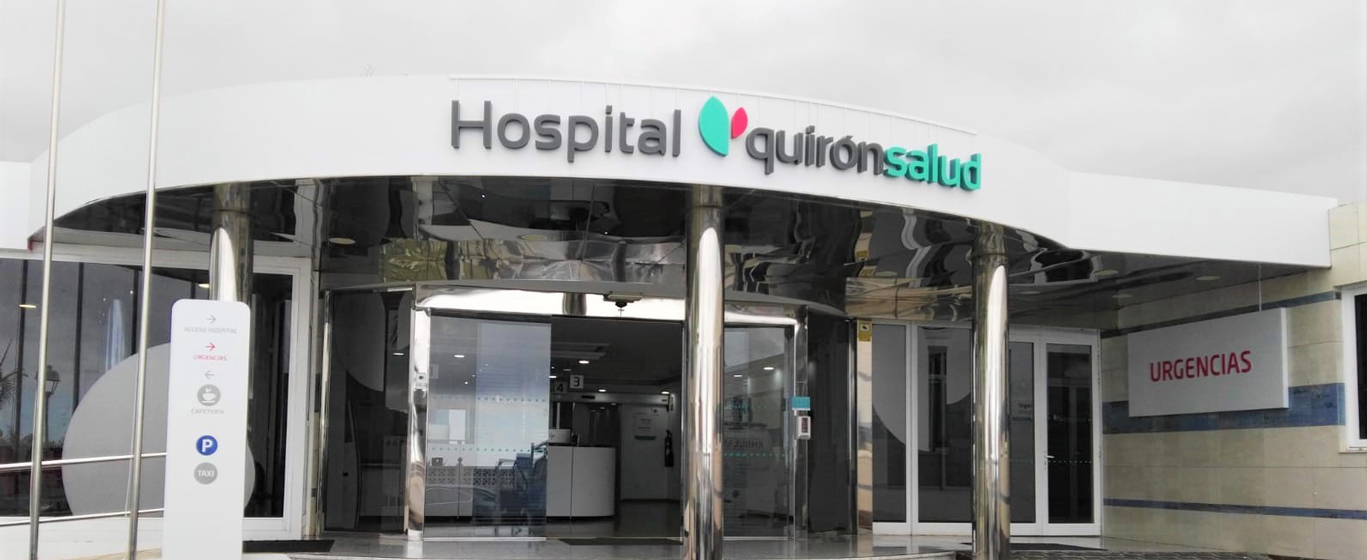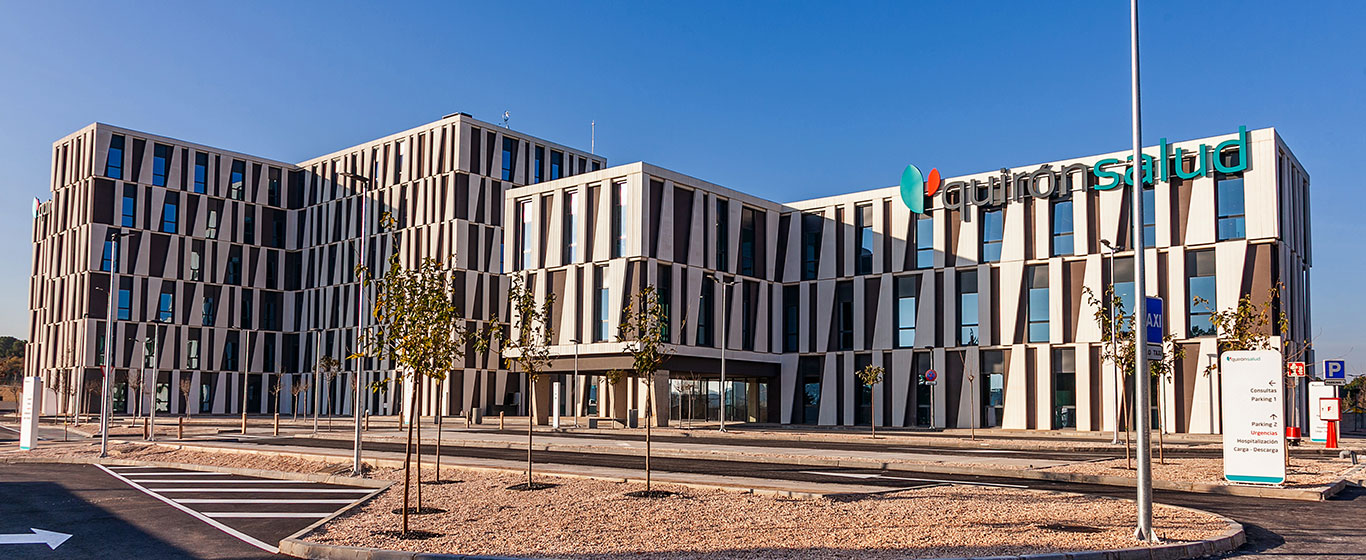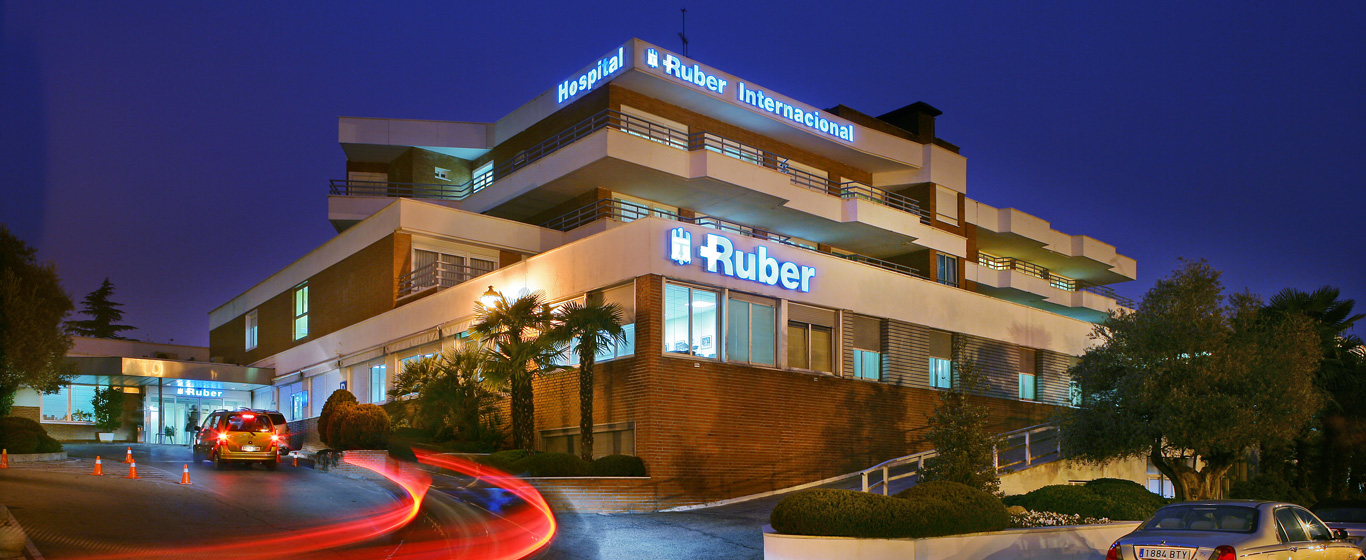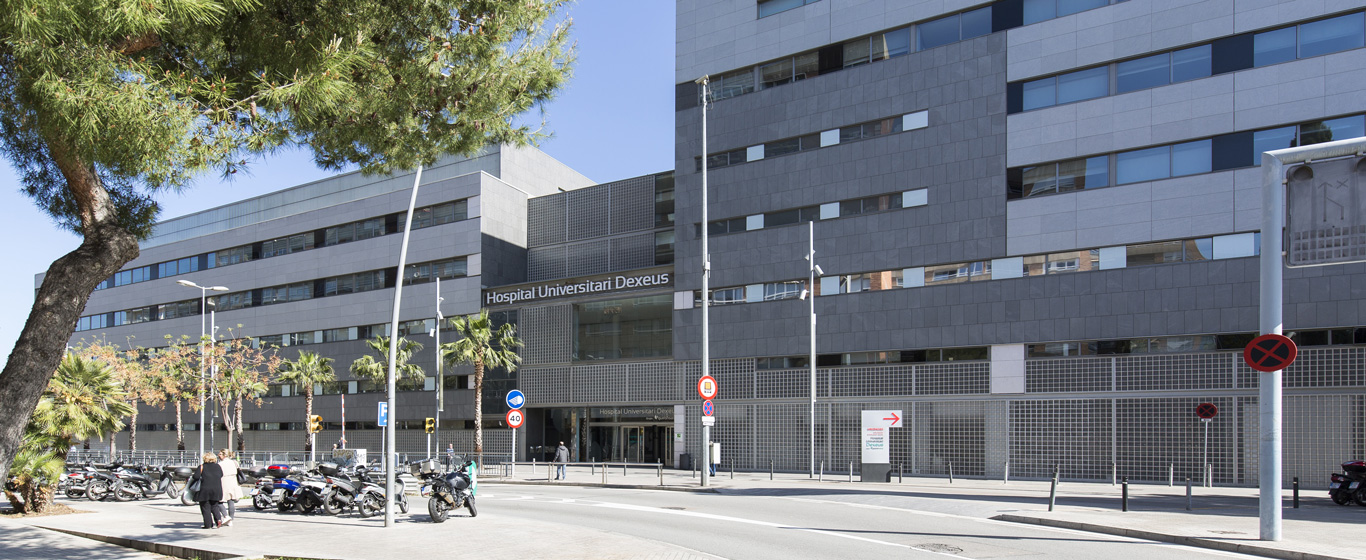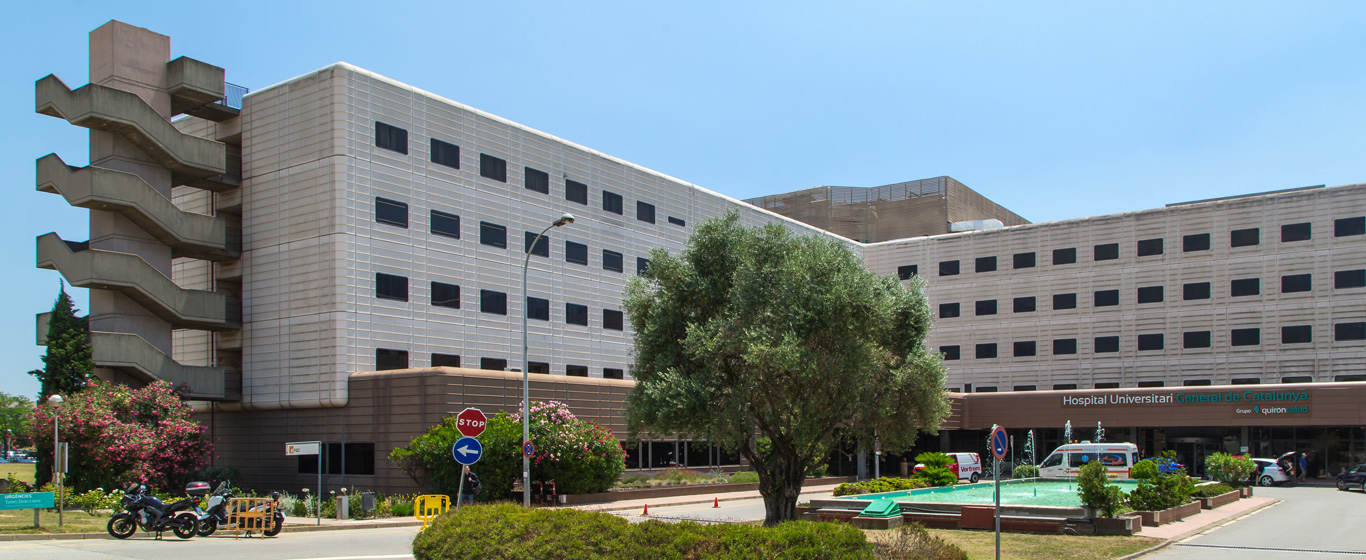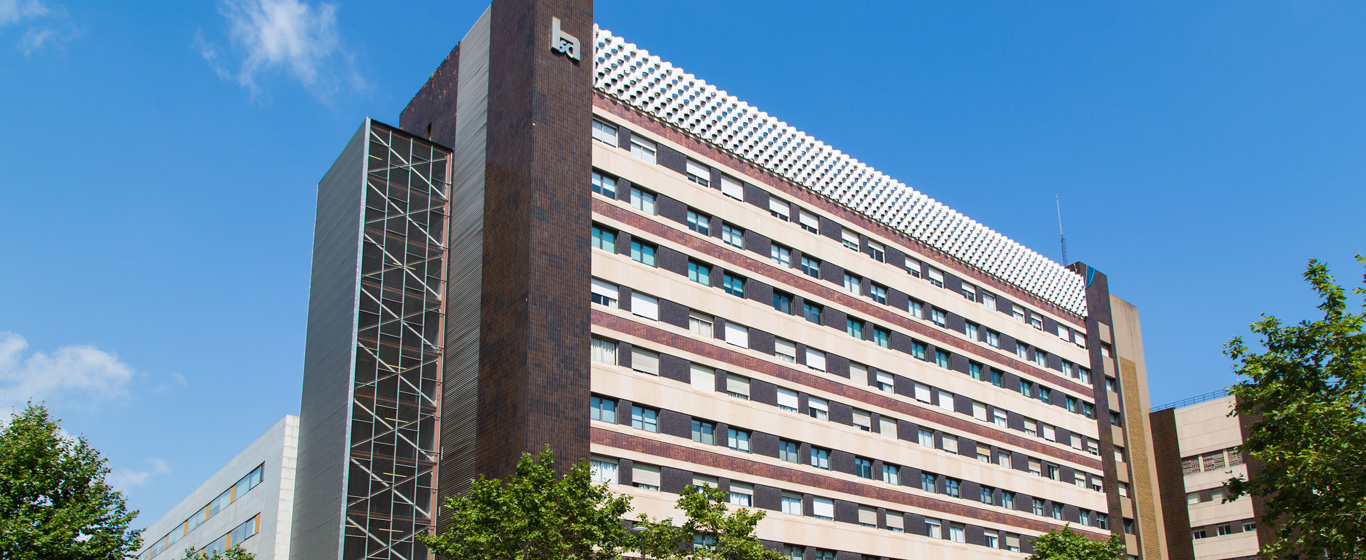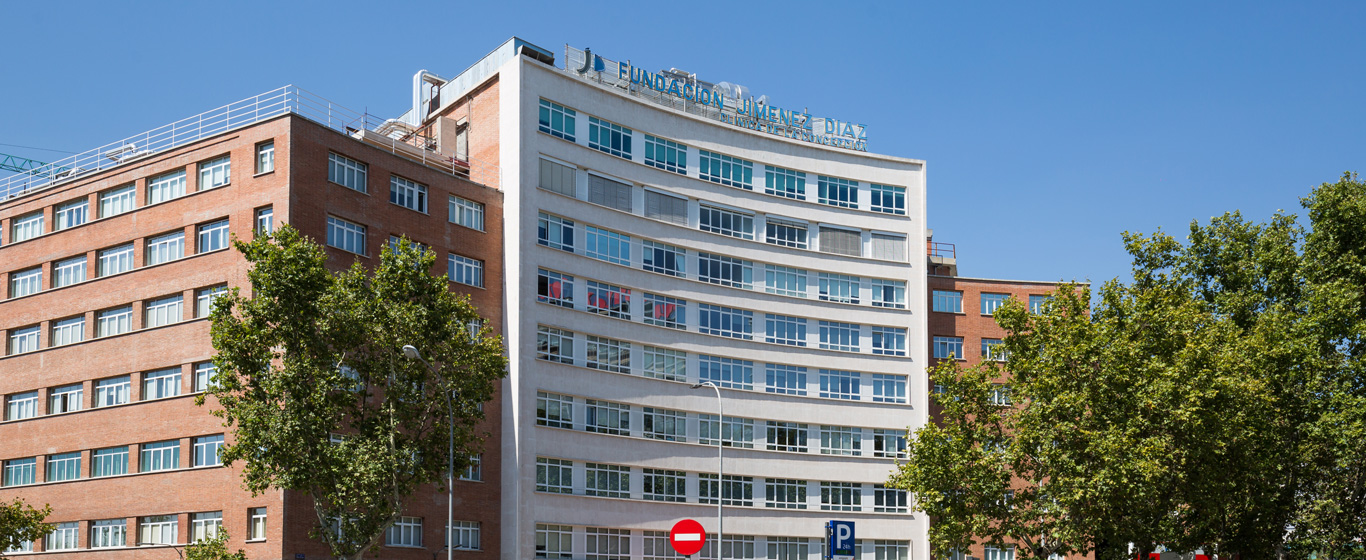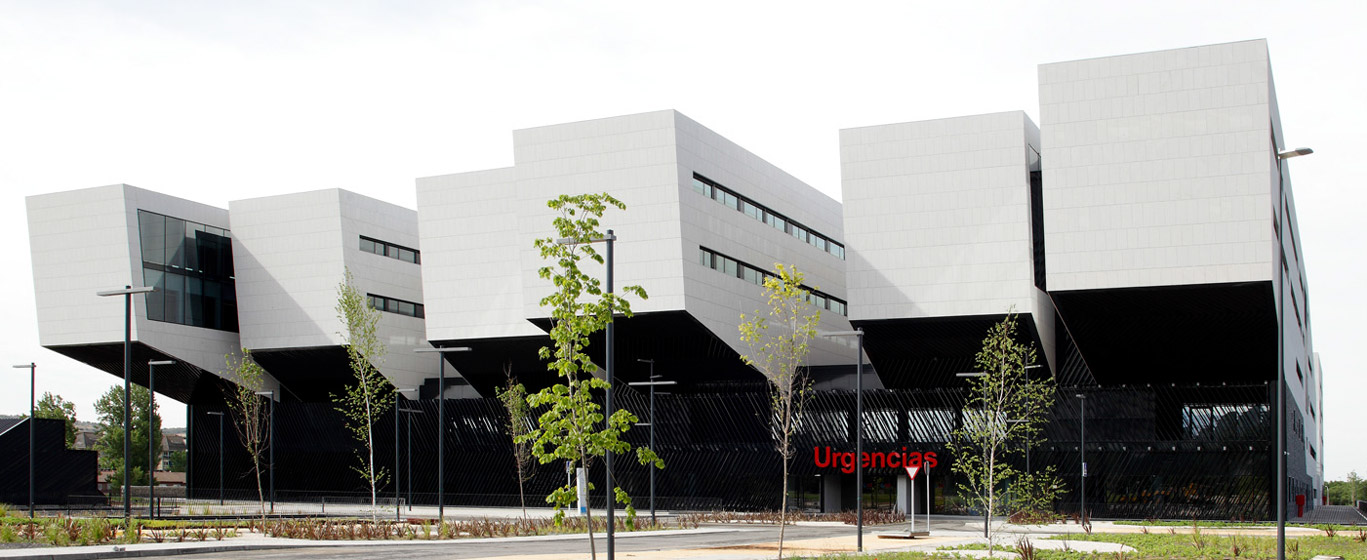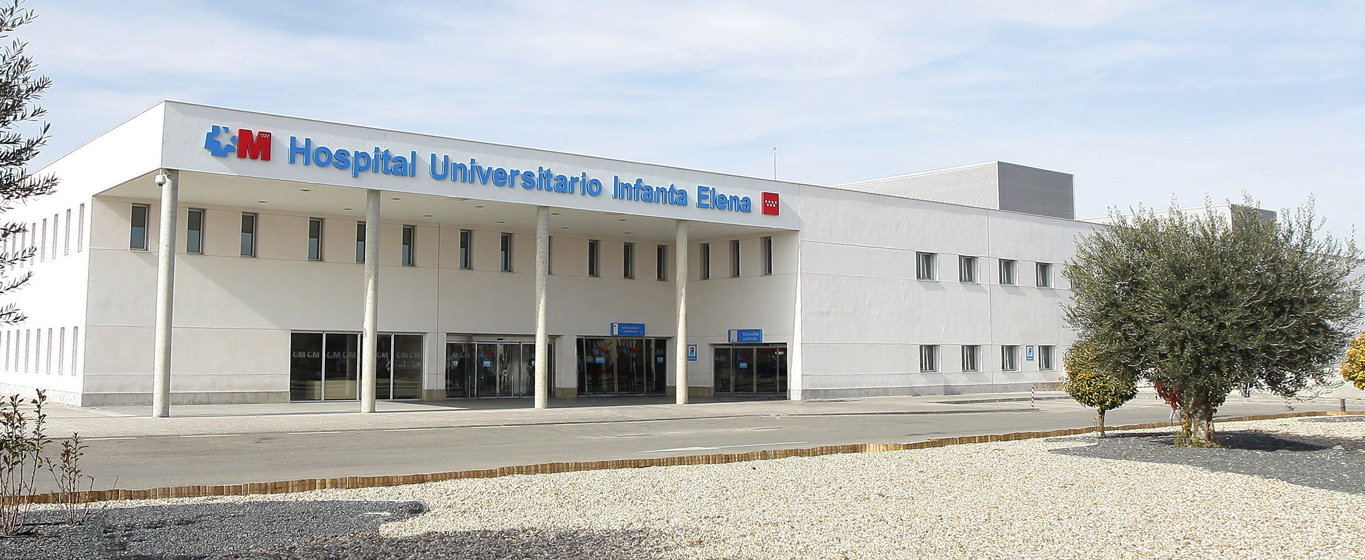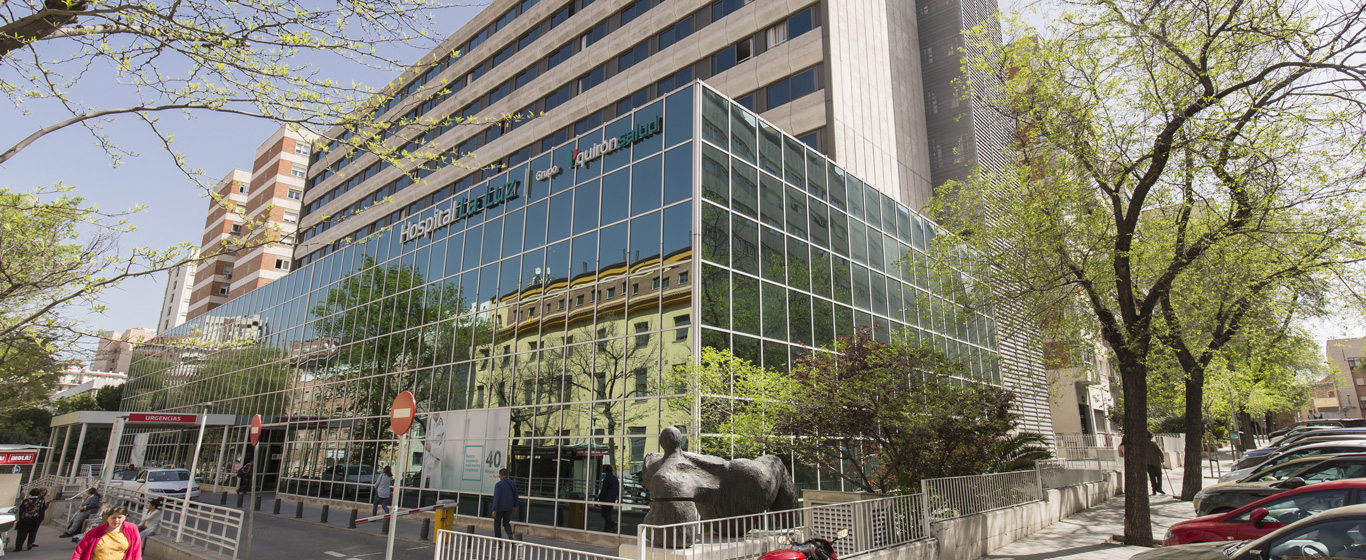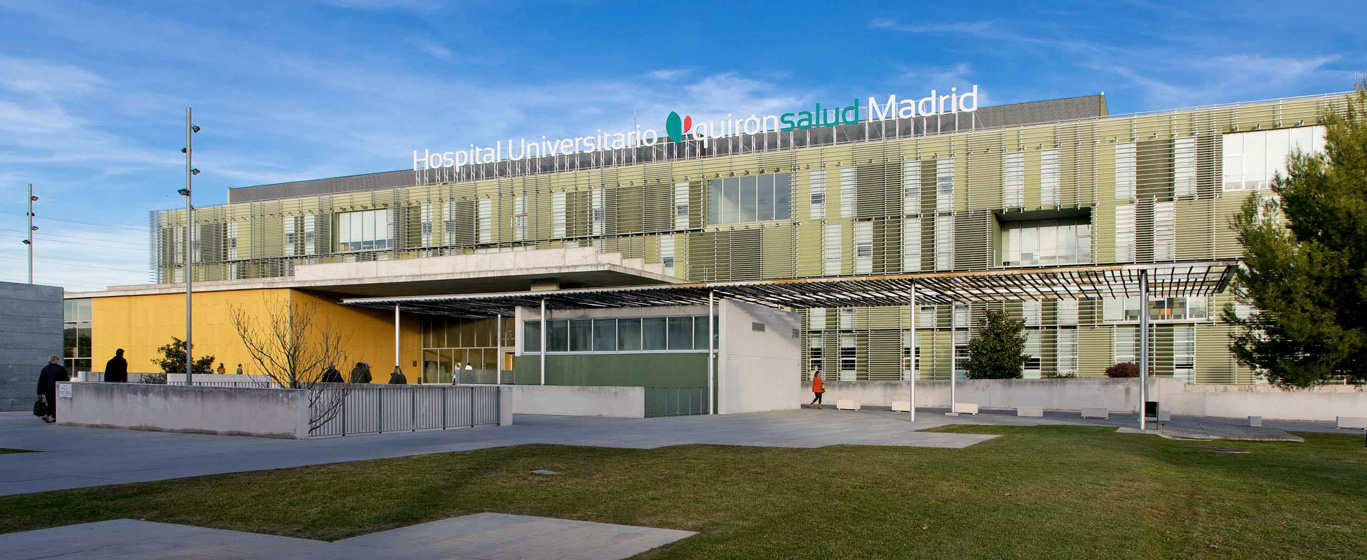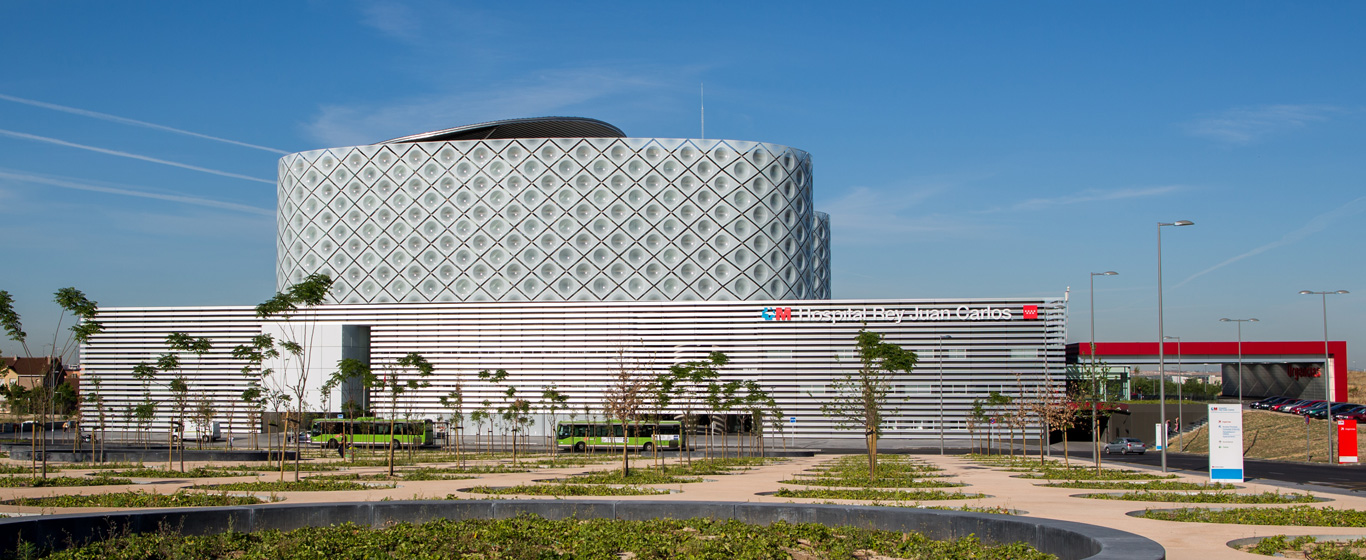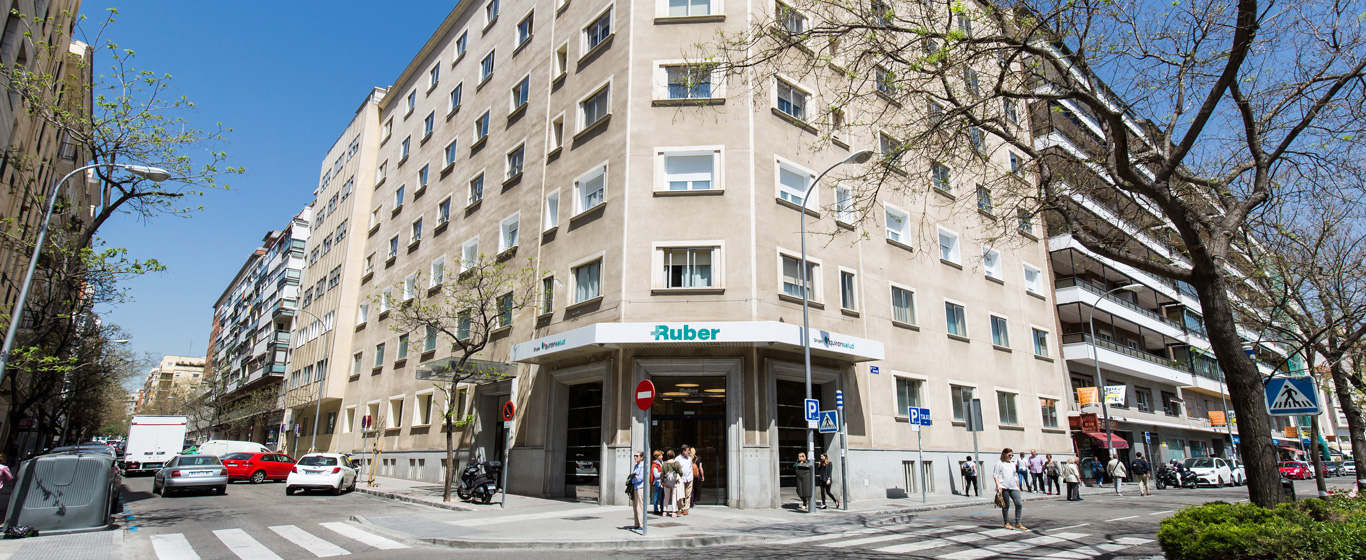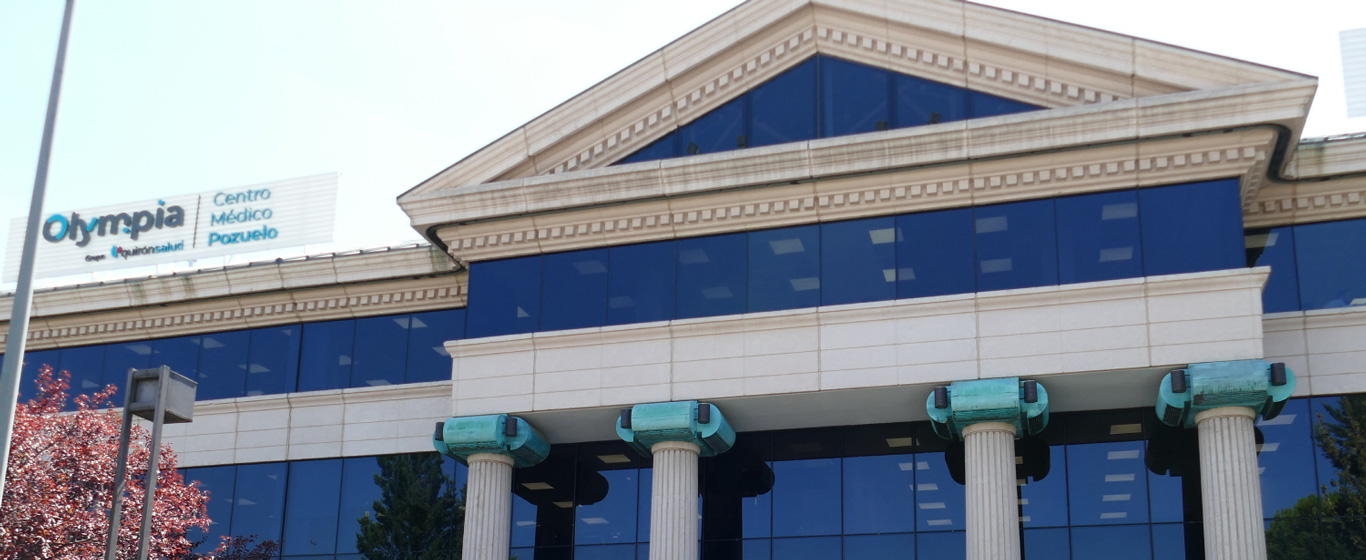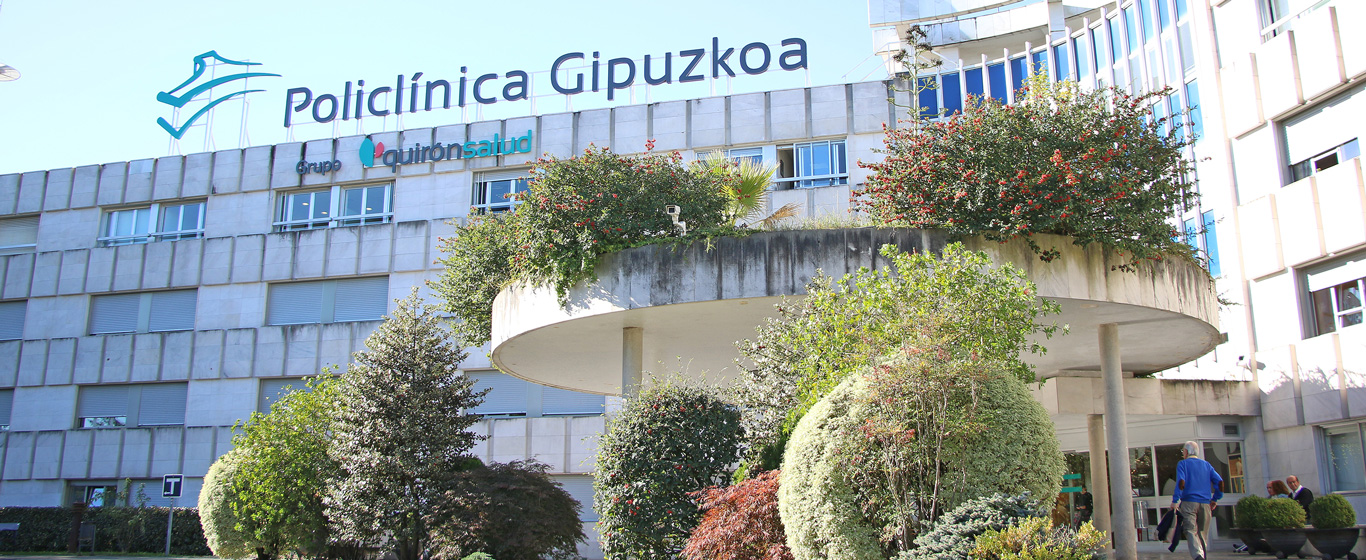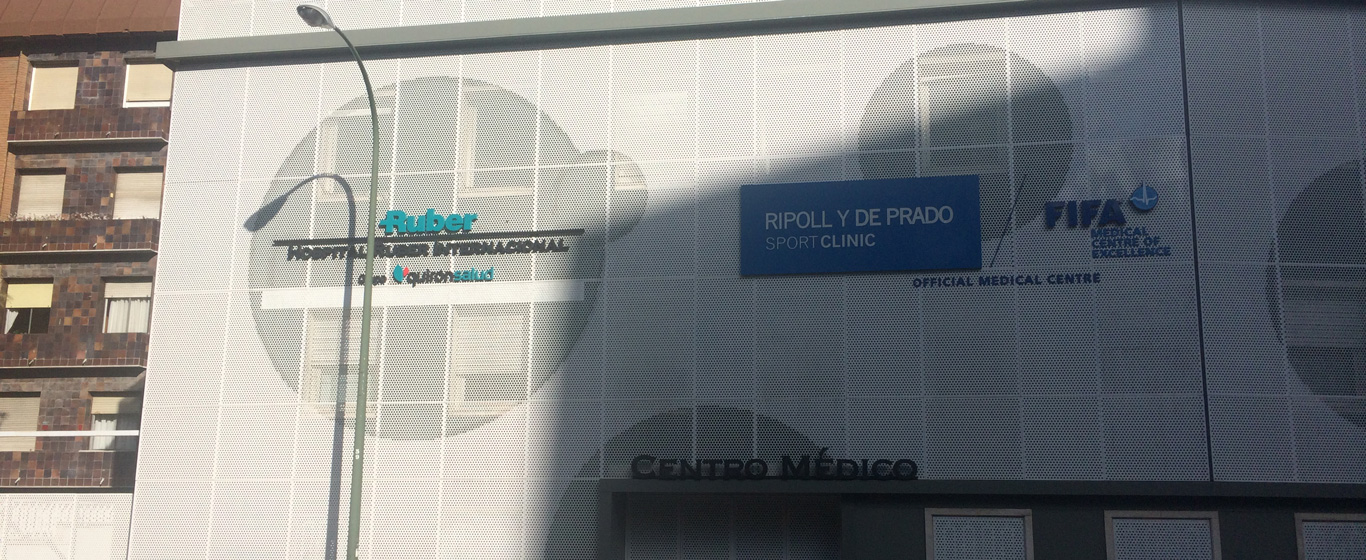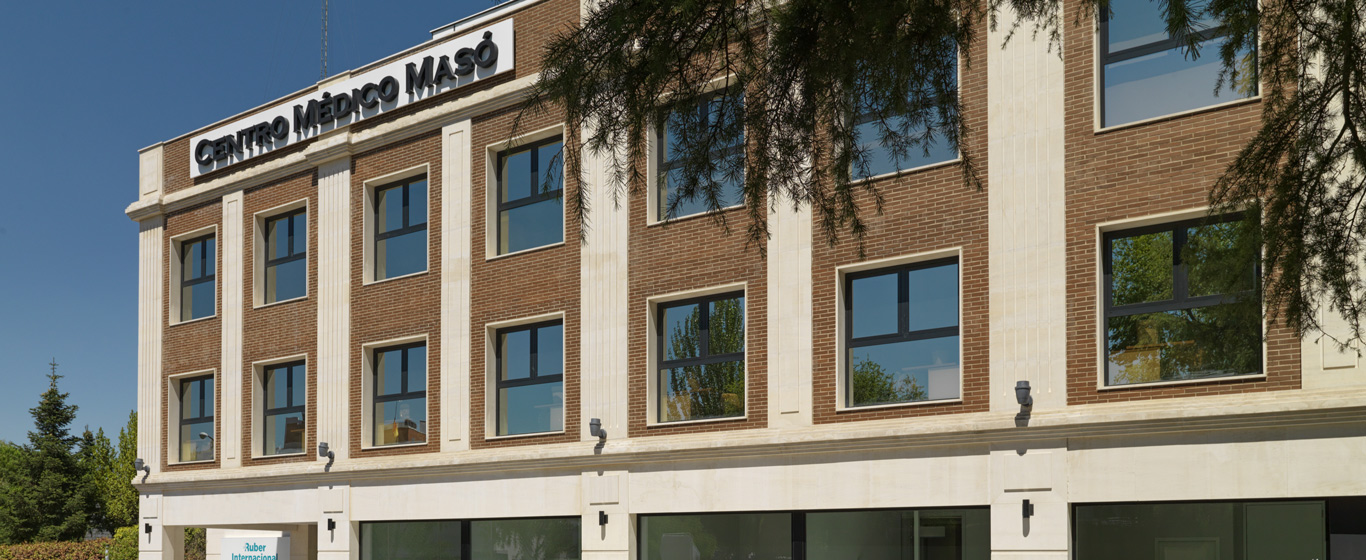Mastitis
Can mastitis be prevented? All the information about this condition, its prevention, and treatment.
Symptoms and Causes
Mastitis refers to the inflammation of the mammary gland, which may or may not be accompanied by infection. It is usually unilateral, though it can occur in both breasts. It mainly affects women, especially during the breastfeeding period, but men can also suffer from it.
Depending on its incidence, two types of mastitis are distinguished:
- Lactational or puerperal mastitis: This is the most common type and is associated with breastfeeding. It typically develops within the first 12 weeks after childbirth.
- Periductal, non-puerperal or Zuska's disease: This occurs for reasons unrelated to breastfeeding. It is very uncommon and mainly affects non-lactating women under 30 or those in the menopausal period.
Symptoms
Mastitis can present two different symptom profiles: acute (clinical) and subacute (subclinical):
- Symptoms of acute mastitis:
- Cuneiform redness on the skin of the breast
- Thickening of the breast tissue
- Swelling of the breast
- Lumps in the breast
- Pain and tenderness in the breasts
- A warm sensation when touched
- Cracks in the nipple
- Fever
- General malaise
- Difficulty of milk flow during breastfeeding
- Occasionally, nipple discharge
- Symptoms of subacute or subclinical mastitis: These symptoms are less evident, making it harder to diagnose.
- Intense pain felt as sharp stabs in the chest
- Burning sensation
- Cramps radiating to the back or arm
- False sensation of low milk production
Causes
The main cause of puerperal mastitis is the obstruction of the lactiferous duct, primarily due to excessive milk accumulation in the breasts from ineffective milk expression. Another common cause of this obstruction is the action of the Staphylococcus aureus bacteria, which is present in breast milk and can also enter the mammary ducts through existing cracks or wounds in the nipple. These bacteria proliferate and cluster to form biofilms—dense layers that adhere to the mammary ducts, hardening and reducing their flexibility, eventually completely blocking the duct, leading to inflammation of the surrounding breast tissue.
Subclinical mastitis, on the other hand, is due to an overgrowth of certain bacteria present in the mammary gland, such as Staphylococcus epidermidis, Streptococcus viridans/mitis (like Streptococcus mitis or Streptococcus salivarius), and some species of Corynebacteria. This overgrowth also produces biofilms that obstruct the lactiferous duct.
In non-puerperal mastitis, the blockage usually results from the dilation and thickening of the walls of the lactiferous ducts, leading to the accumulation of secretions that can develop into an infection. Other causes of this type of mastitis include:
- Endocrine system disorders
- Fibrocystic breasts
- Constant friction of the breasts
- Elevated prolactin hormone levels
- Smoking
Risk factors
The risk of developing mastitis increases in the following situations:
- Personal history of mastitis
- Nipple wounds or cracks
- Breast engorgement or milk retention: when the breast produces more milk than the baby consumes
- Improper breastfeeding technique or latch, which can lead to incomplete milk drainage or nipple cracks
- Reduced frequency of feedings
- Use of ill-fitting bras with underwires or overly tight straps
- Incorrect sleeping position, putting pressure on the breasts
- Antibiotic treatments during pregnancy or postpartum
- Stress and fatigue
- Poor hygiene in the breasts
- Nutritional deficiencies: antioxidants like vitamins A, E, or selenium reduce the risk of breast inflammation
- Smoking
- Presence of nipple piercings
Complications
If mastitis is not properly treated and resolved, various complications can arise:
- Premature weaning: This is the most common complication. The pain and discomfort caused by mastitis worsen during breastfeeding, leading to the early weaning of the baby. This can be counterproductive, as milk drainage helps resolve the obstruction. Additionally, it is important to emphasize that the baby is not at risk of developing an infection from drinking breast milk, and mastitis does not affect the nutritional composition of the milk.
- Abscesses: Especially common in periductal mastitis. These occur when the breast tissue reacts to the causative bacteria by isolating them in a capsule of connective tissue where pus accumulates. Abscesses typically require surgical drainage.
- Recurrence and chronicity: If the treatment is not correct, not completed, or if the baby’s suckling remains ineffective, mastitis is likely to return or become chronic.
Prevention
Puerperal mastitis can largely be prevented by correctly managing breastfeeding from the start:
- Allow the breasts to empty completely while breastfeeding, and do not switch to the other breast until the first one is empty.
- Breastfeed the baby on demand.
- When using breast pumps, avoid extracting more milk than the baby needs to prevent overproduction.
- Avoid wearing tight or underwired bras.
- Ensure the baby latches on correctly so that suction is appropriate and does not cause pain or cracks.
To prevent periductal mastitis, the following measures can be taken:
- Care for and hydrate the skin
- Maintain proper hygiene
- Wear breathable fabric garments
- Avoid tobacco use and reduce intake of fats and caffeine
Which doctor treats mastitis?
Mastitis is evaluated and treated by specialists in gynecology and obstetrics, but it can also be diagnosed and treated by family doctors.
Diagnosis
Mastitis is confirmed through the following tests:
- Physical examination of the breasts to observe common symptoms
- Breast milk culture: A sample of milk is collected and cultured in the laboratory to confirm the specific bacterial agent causing mastitis
- Mammary ultrasound: When mastitis does not improve despite treatment, ultrasound images confirm the presence of abscesses and help rule out inflammatory breast cancer, a condition with similar initial symptoms
Treatment
The treatment options for mastitis are:
- Nonsteroidal anti-inflammatory drugs and analgesics to relieve pain and reduce inflammation
- Antibiotics, if the mastitis is caused by a bacterial infection. The specific antibiotic is selected based on the results of the milk culture
- Probiotics for breastfeeding (Lactobacillus strains) to regulate the bacterial flora of the mammary gland and prevent recurrence and infection. Probiotics also help reduce pain and inflammation
- Medications to inhibit prolactin, when mastitis is periductal and caused by elevated prolactin levels
- Surgery: In severe and recurrent cases of periductal mastitis, removal of the lactiferous ducts is performed to prevent chronicity
- Measures to improve breastfeeding:
- Frequent, on-demand feedings to prevent milk accumulation in the breasts. Start with the affected breast.
- Change breastfeeding positions
- Empty the breast completely. To aid drainage, apply heat a few minutes before each feeding. If the breast is not fully emptied after feeding, manually express or use a pump.
- Massage the breast from the affected area to the nipple during breastfeeding or while using a breast pump
- Apply cold compresses after each feeding to relieve pain




